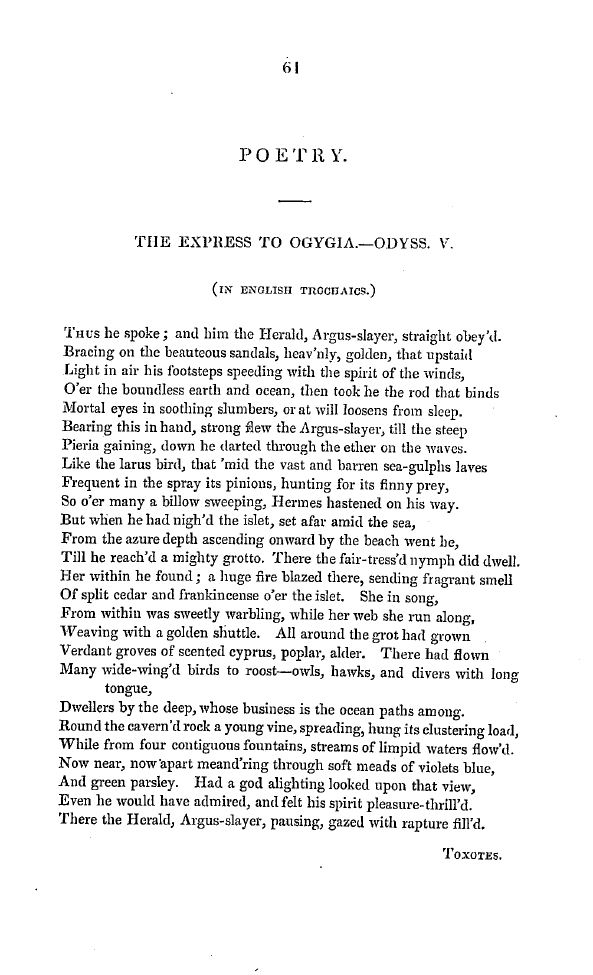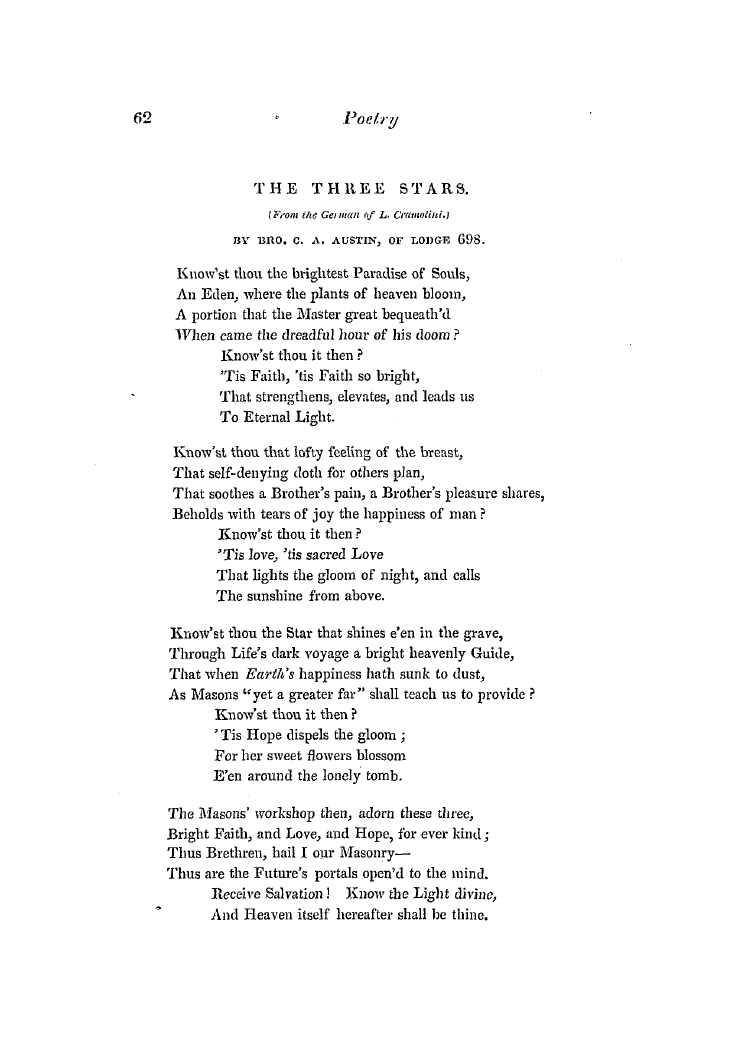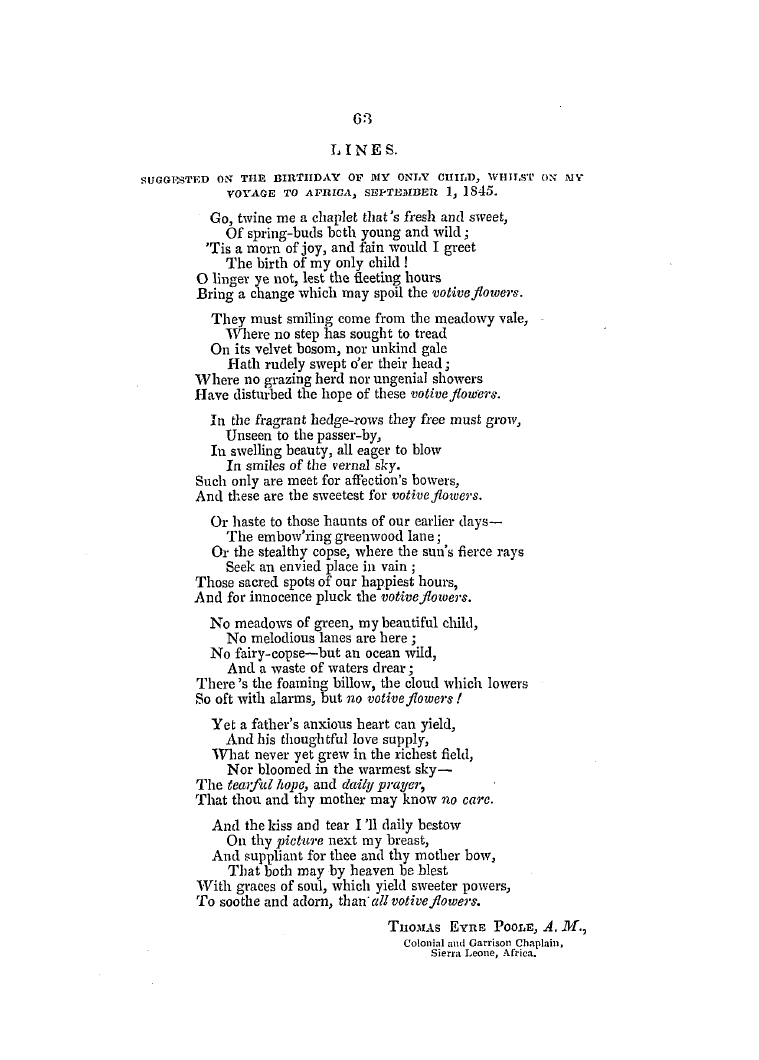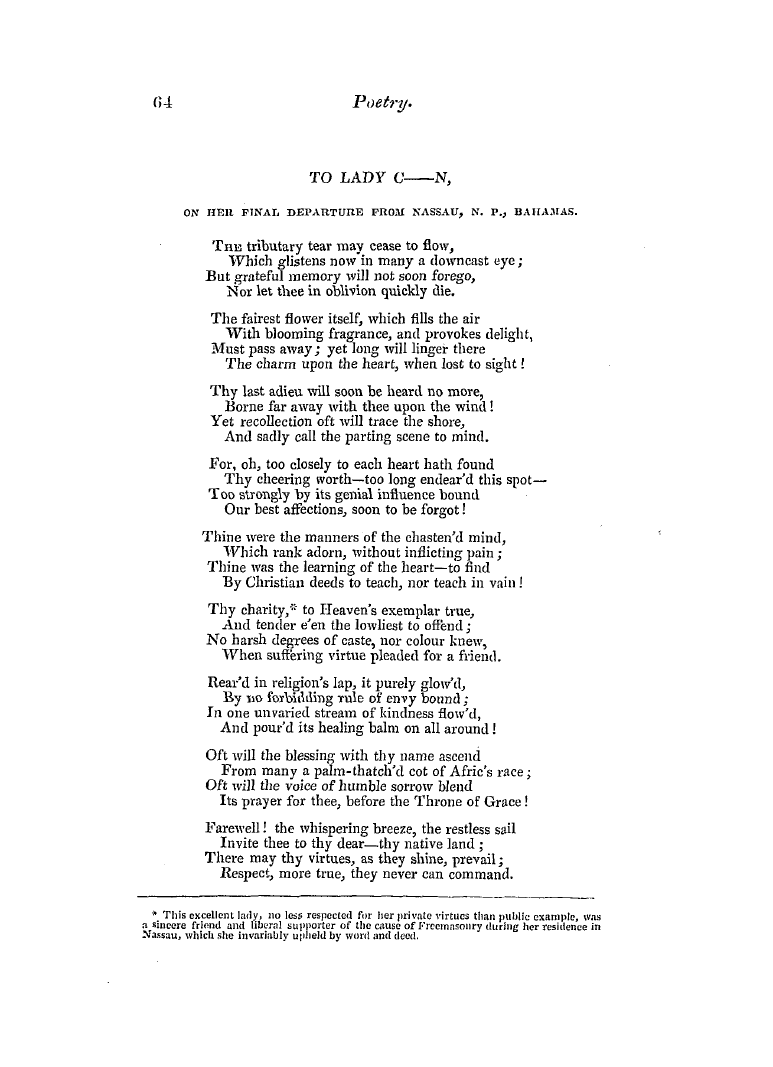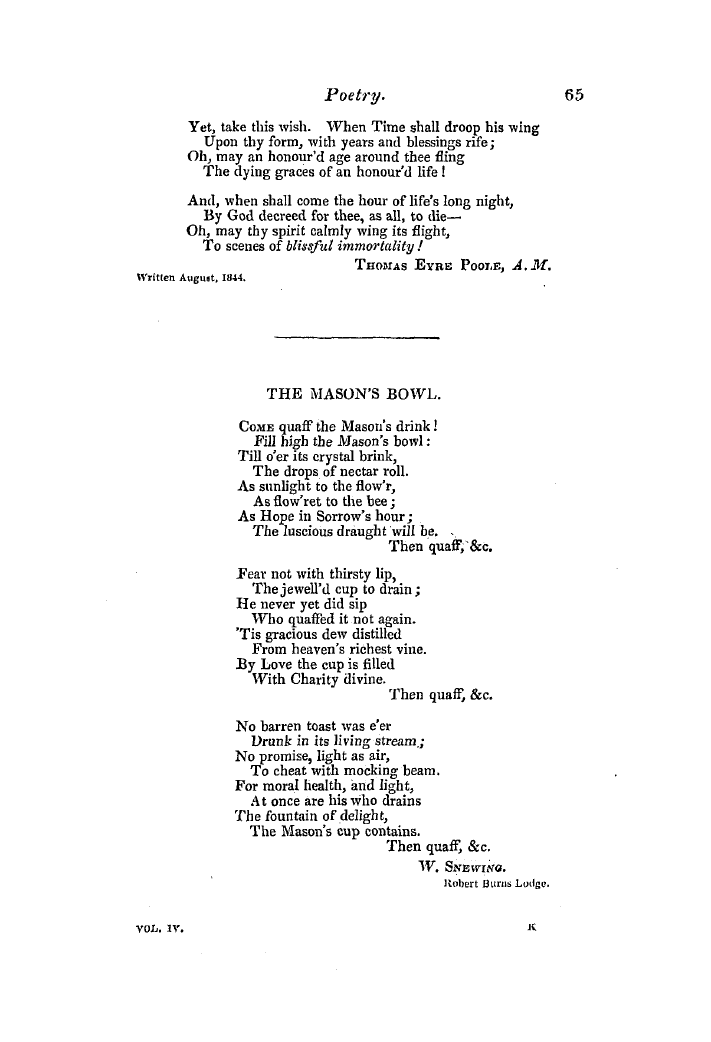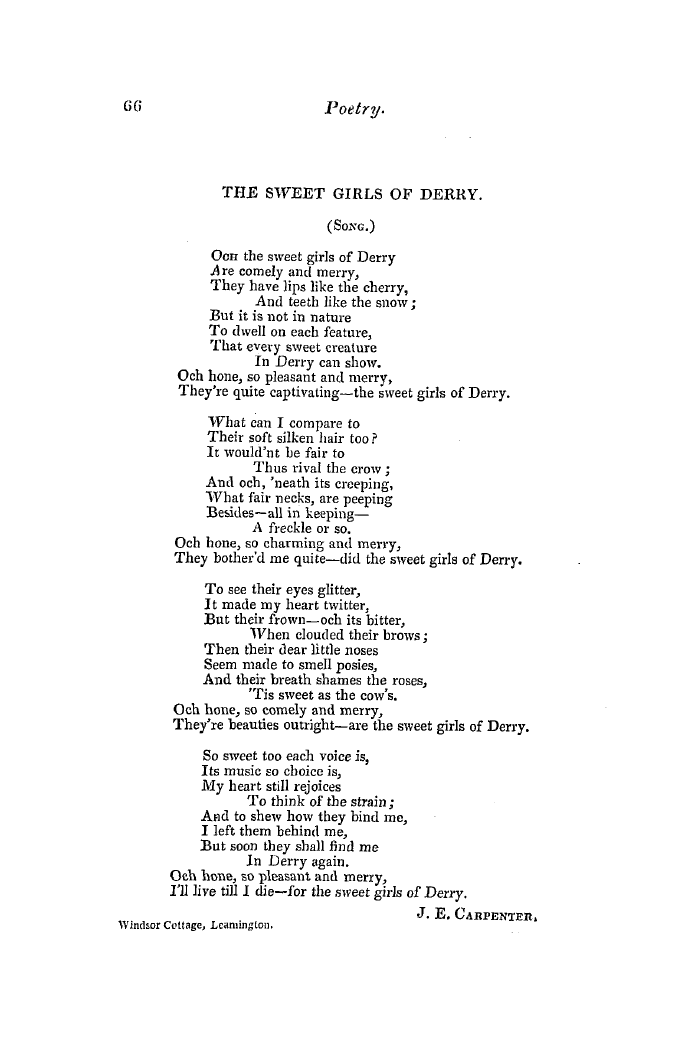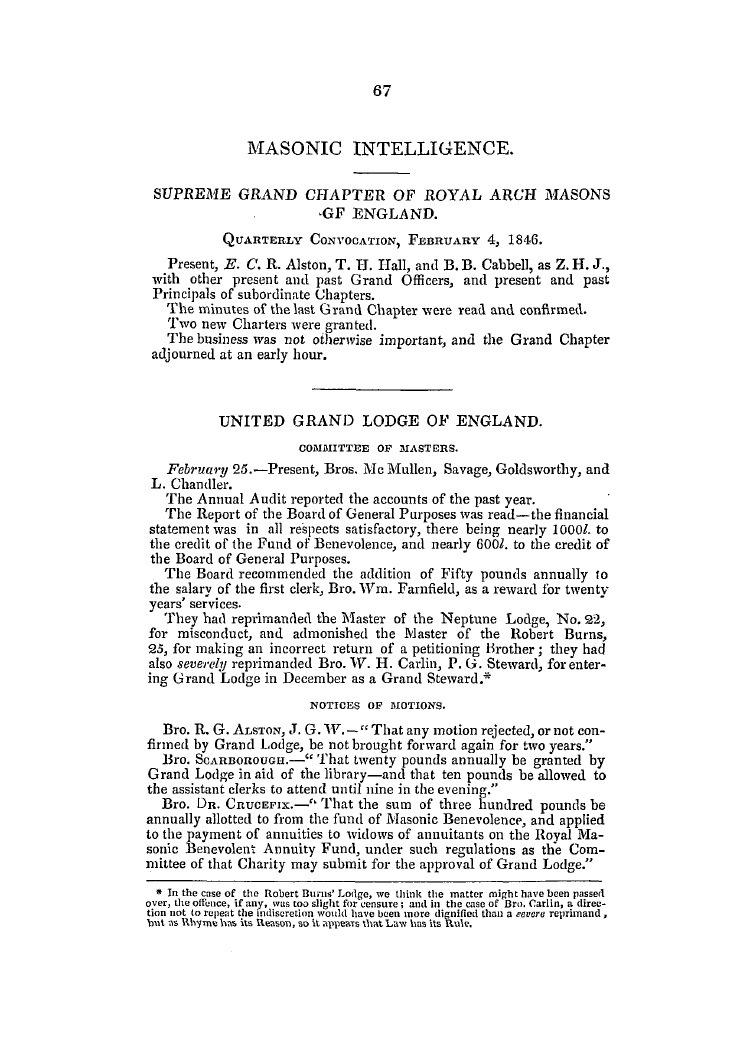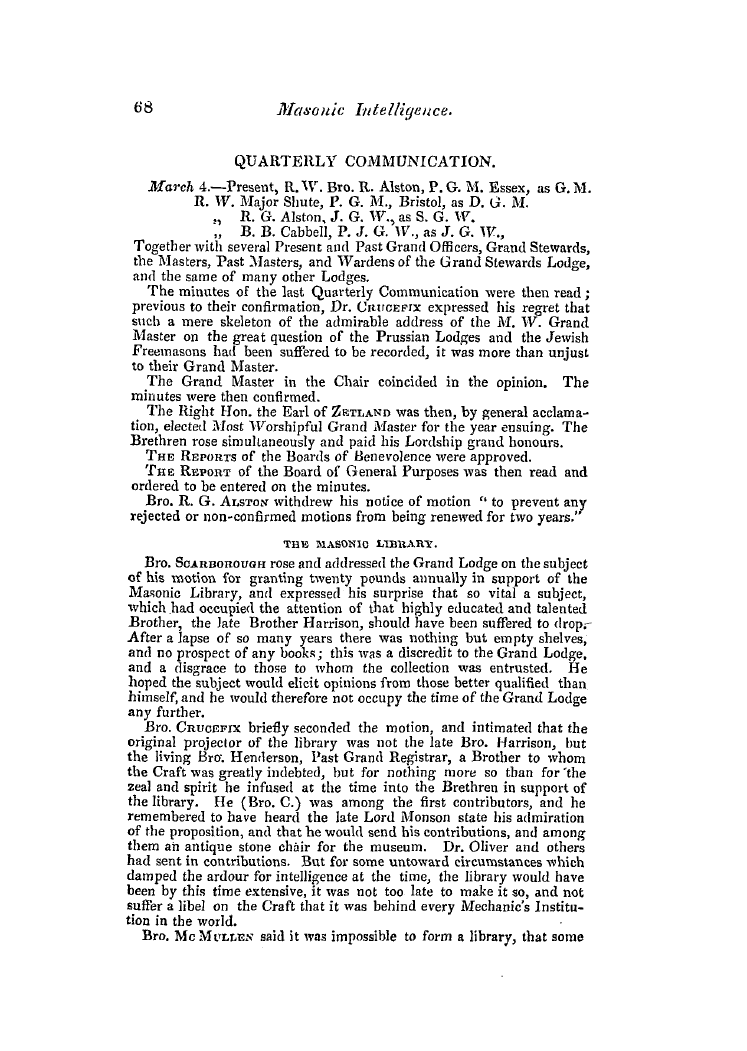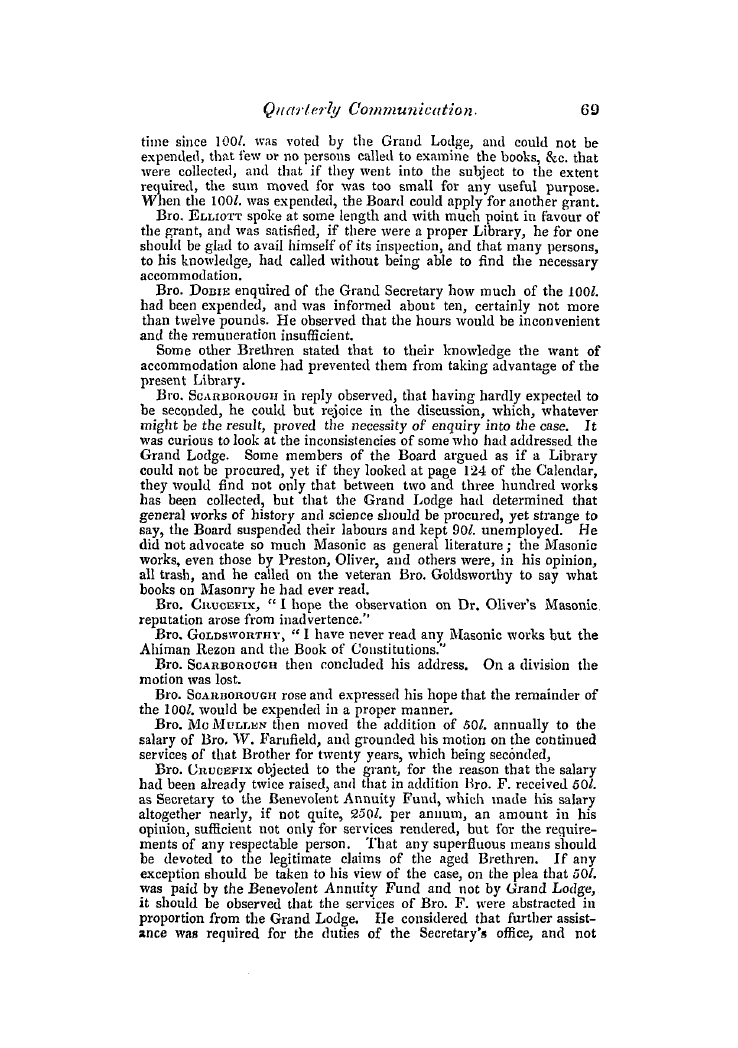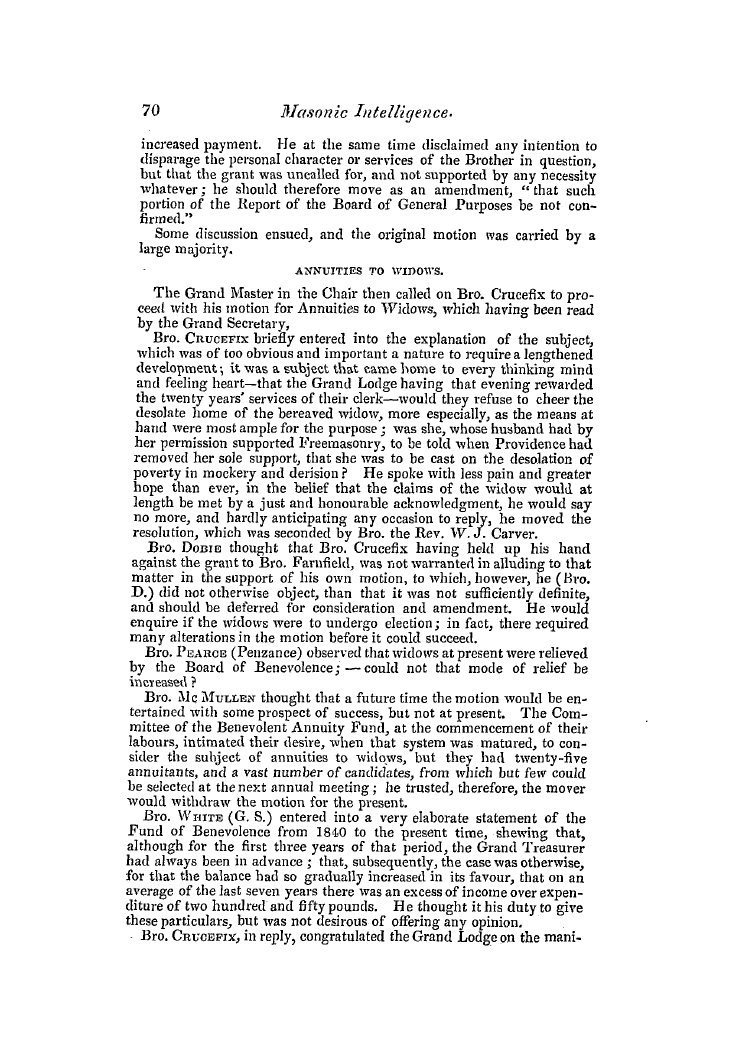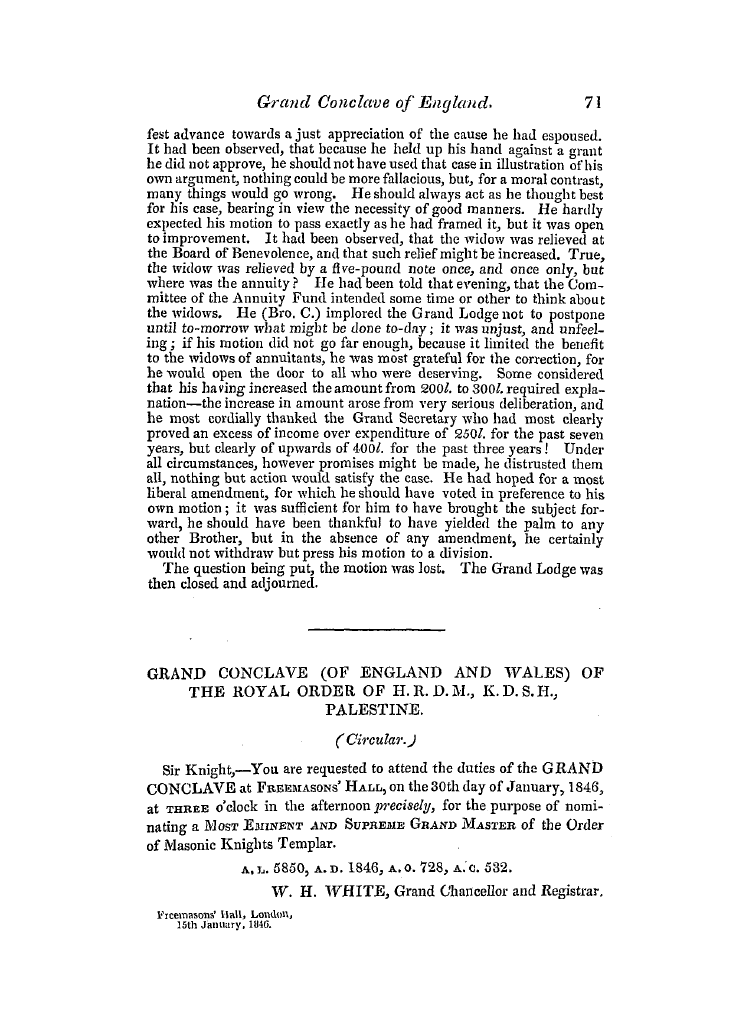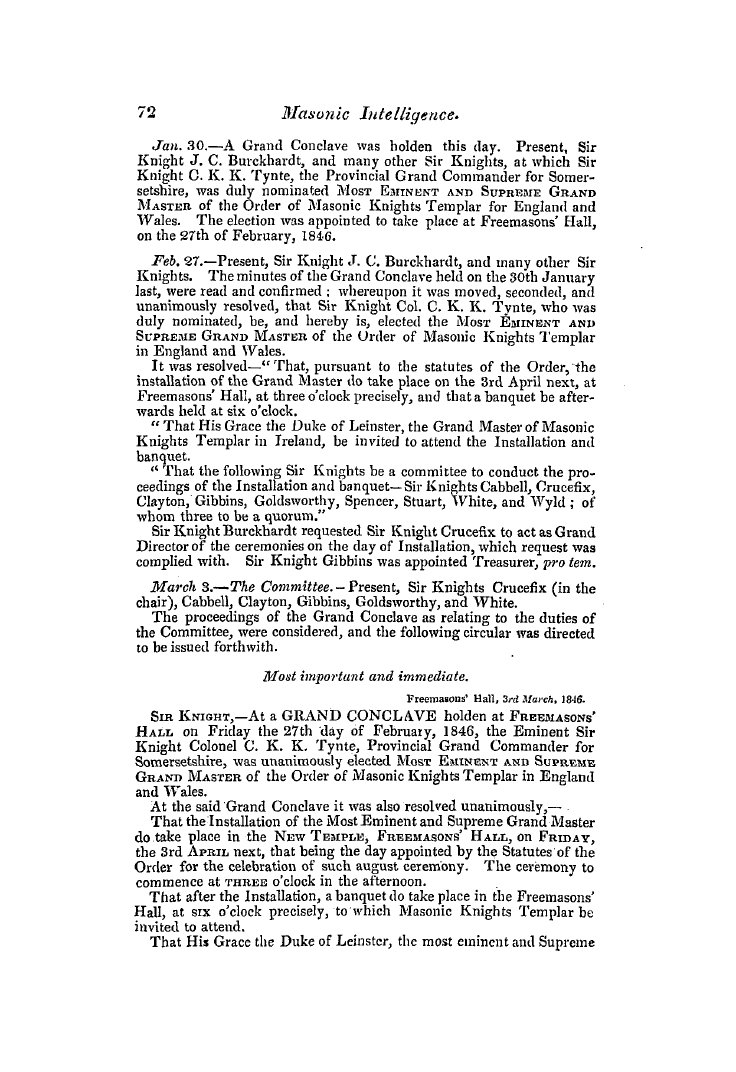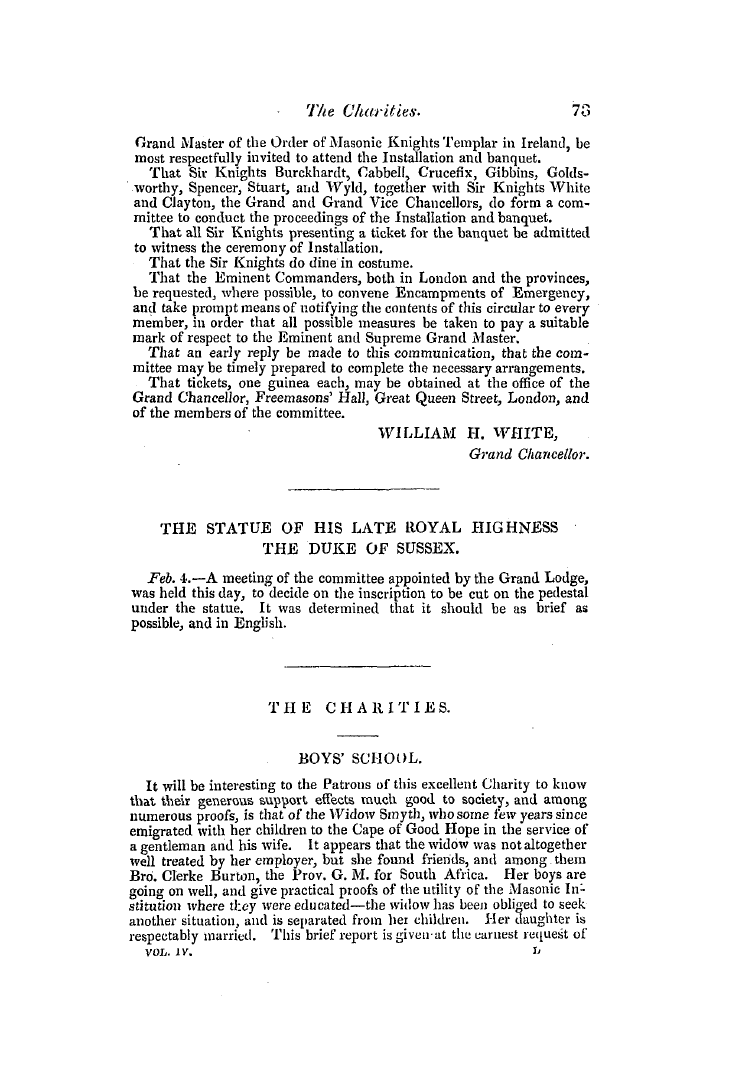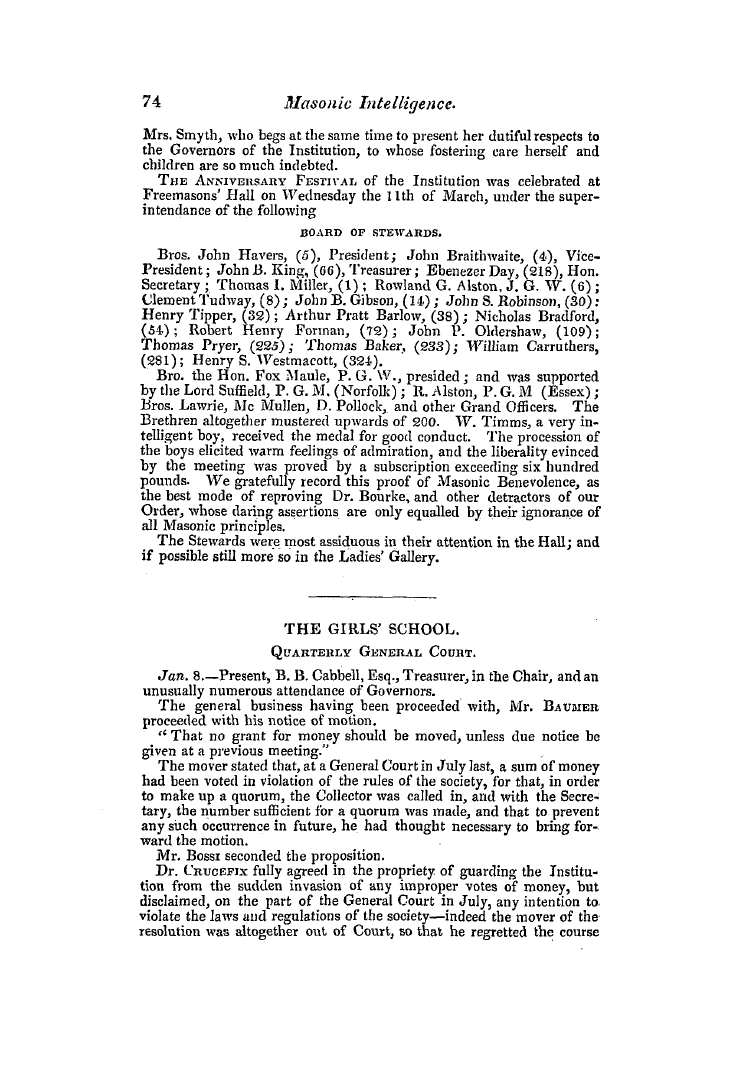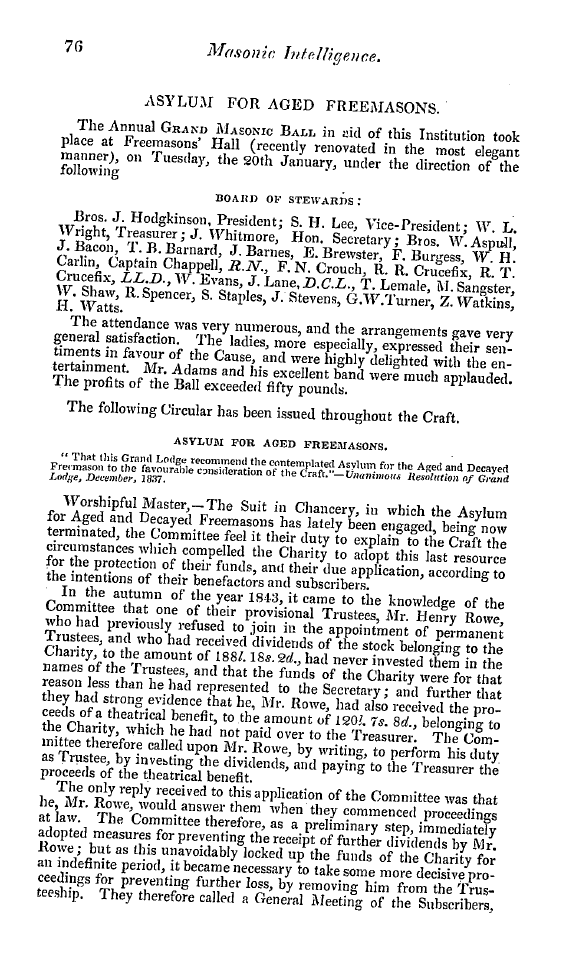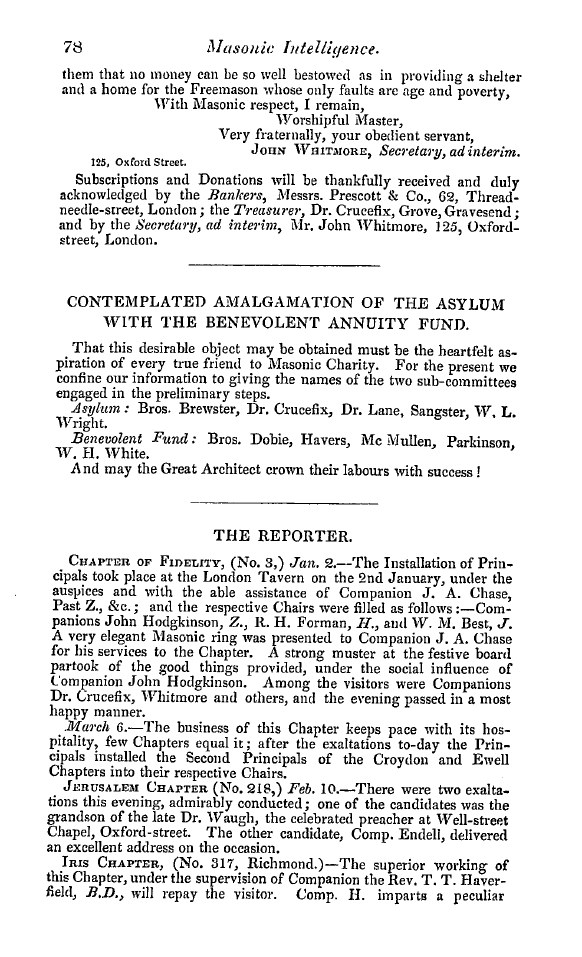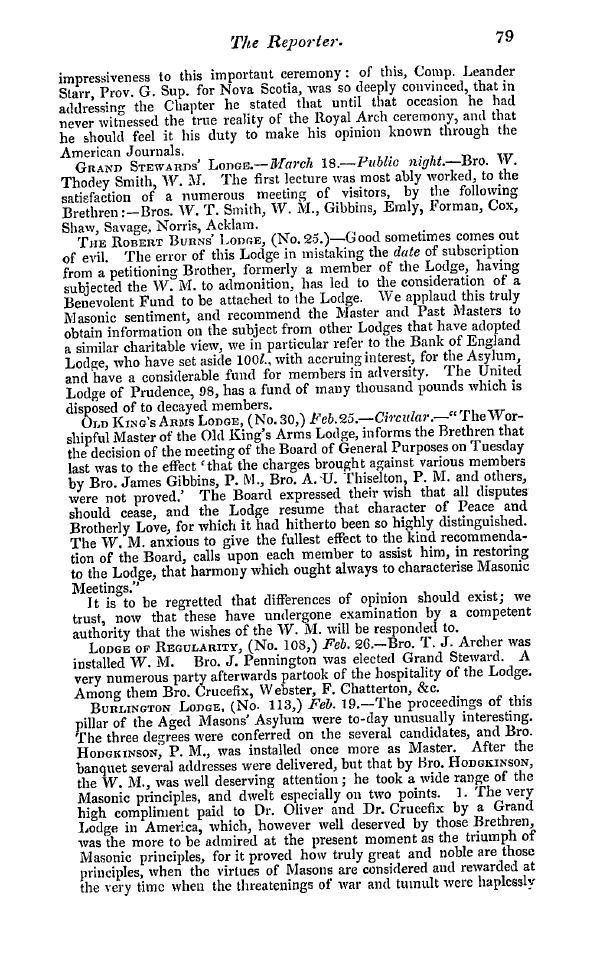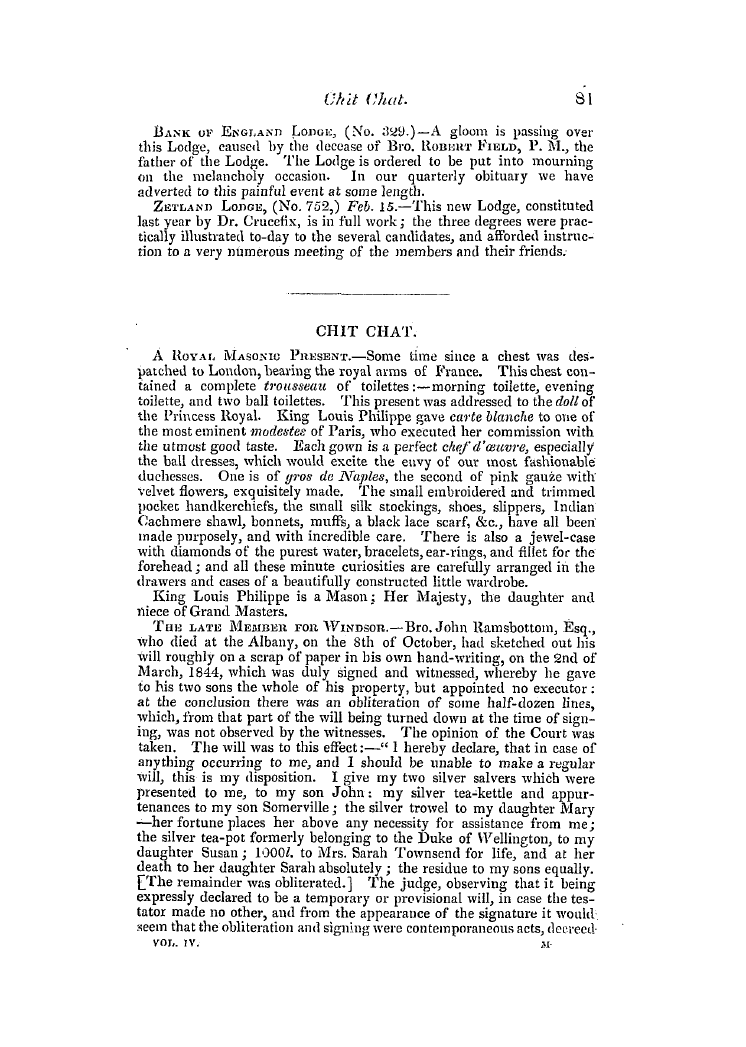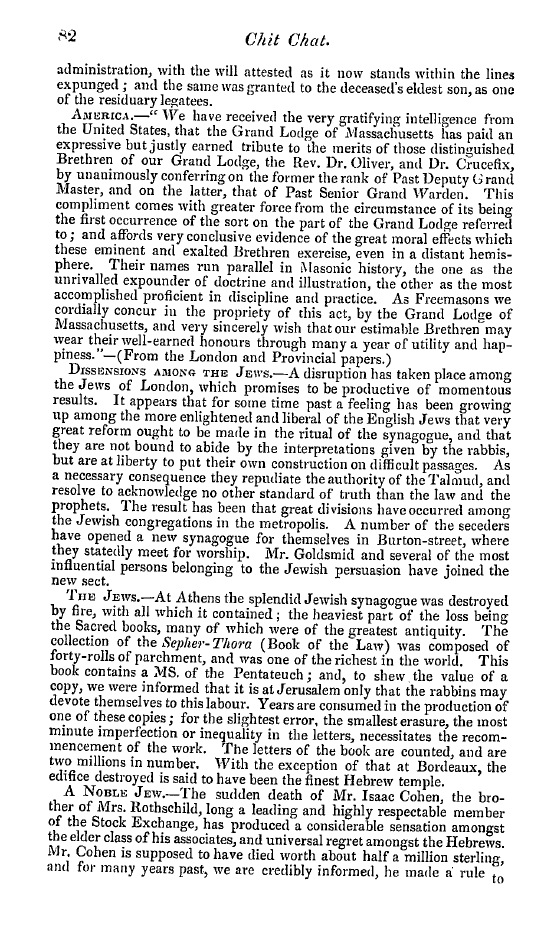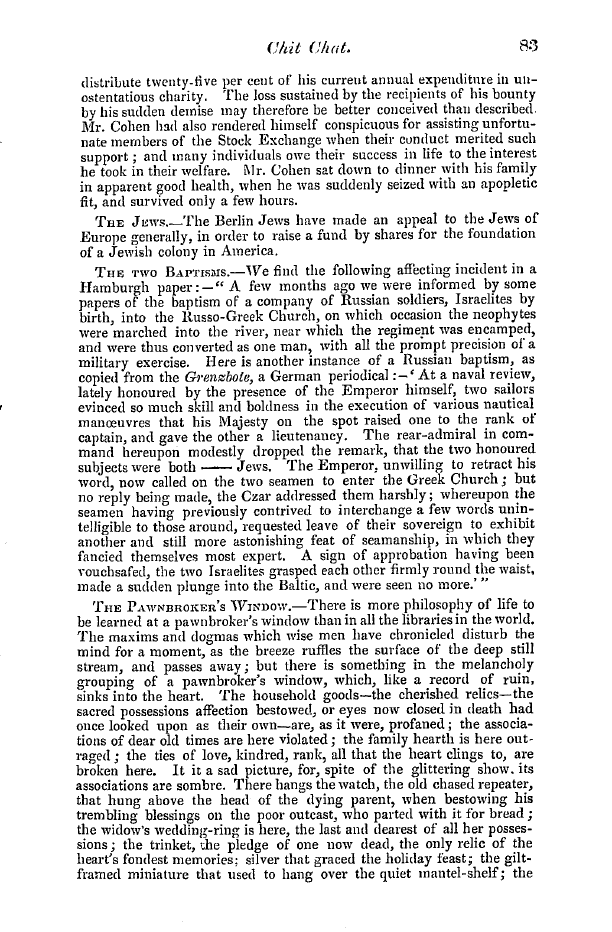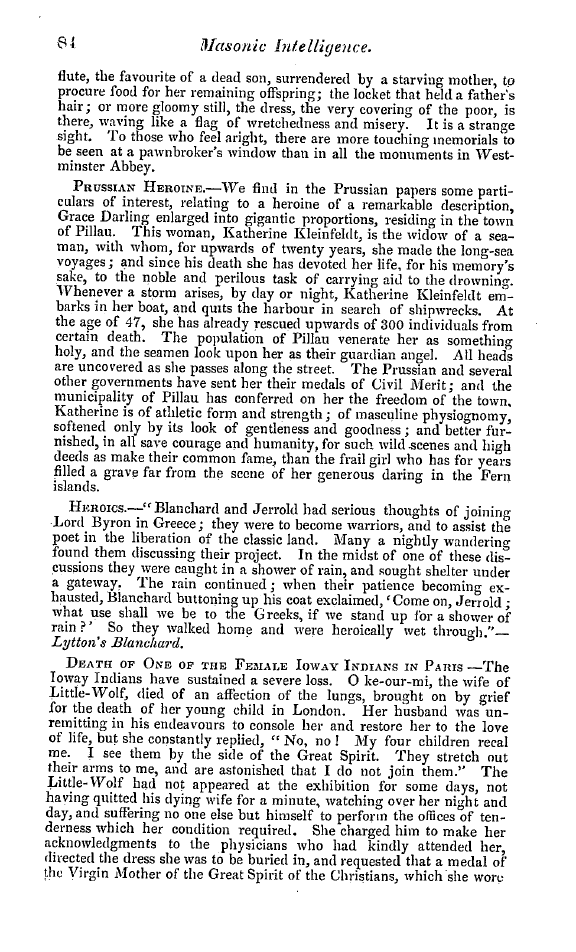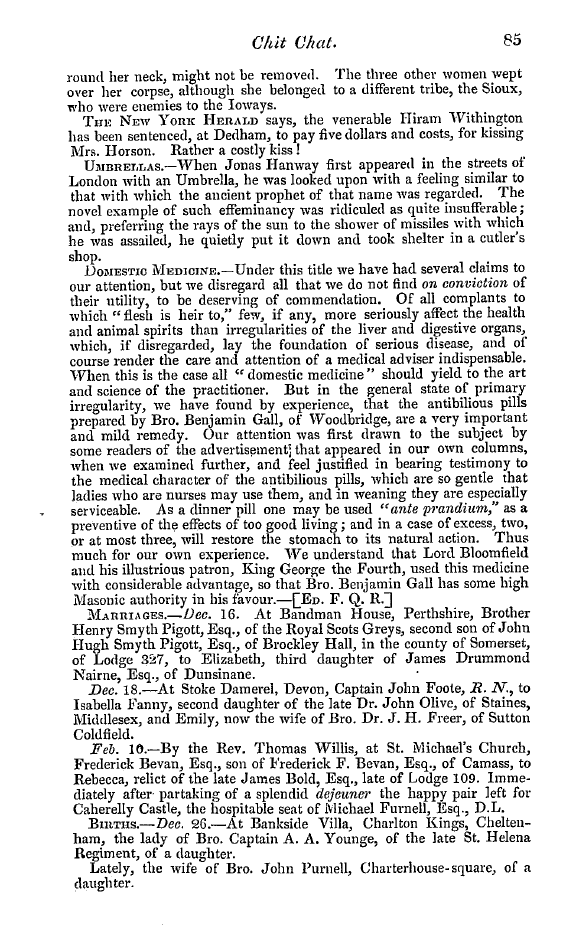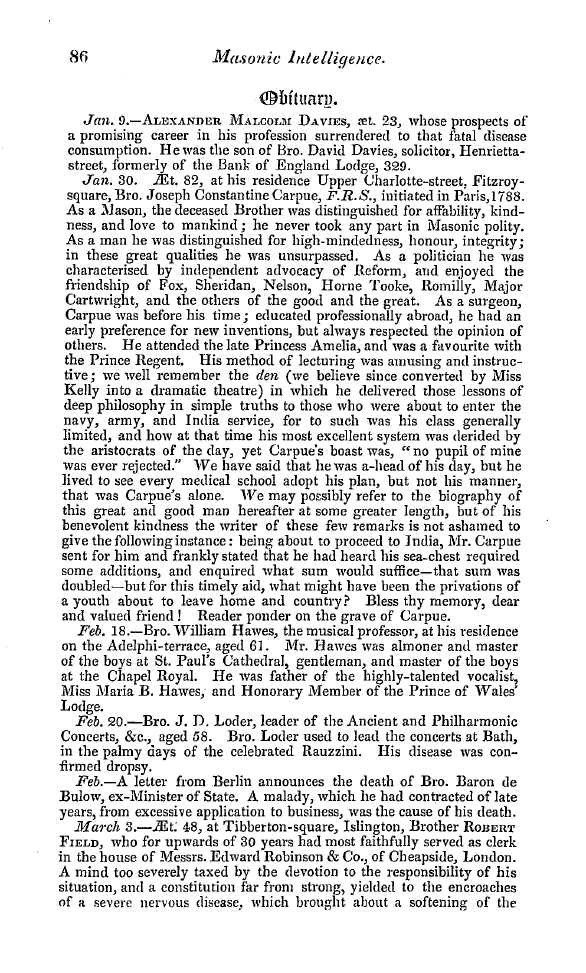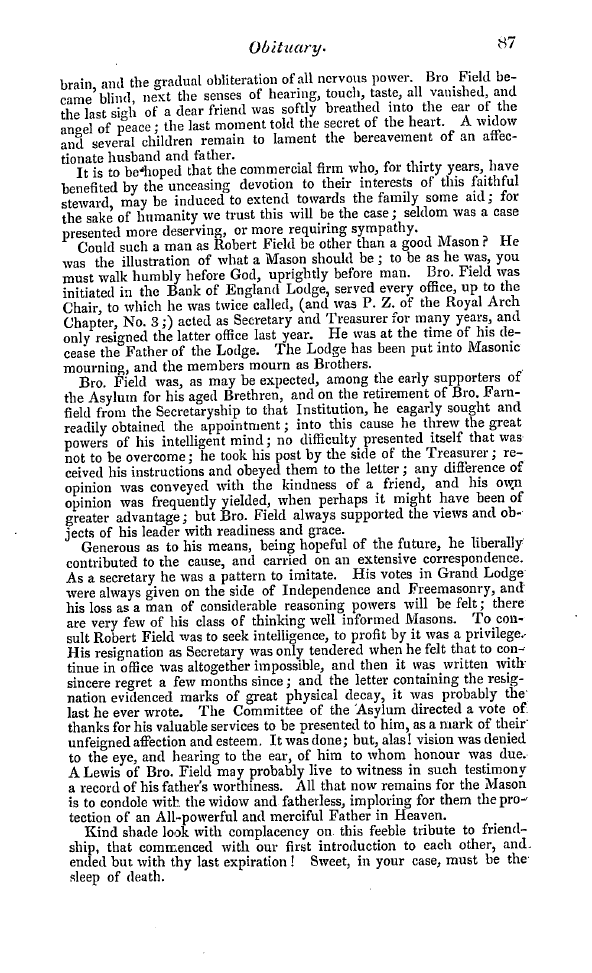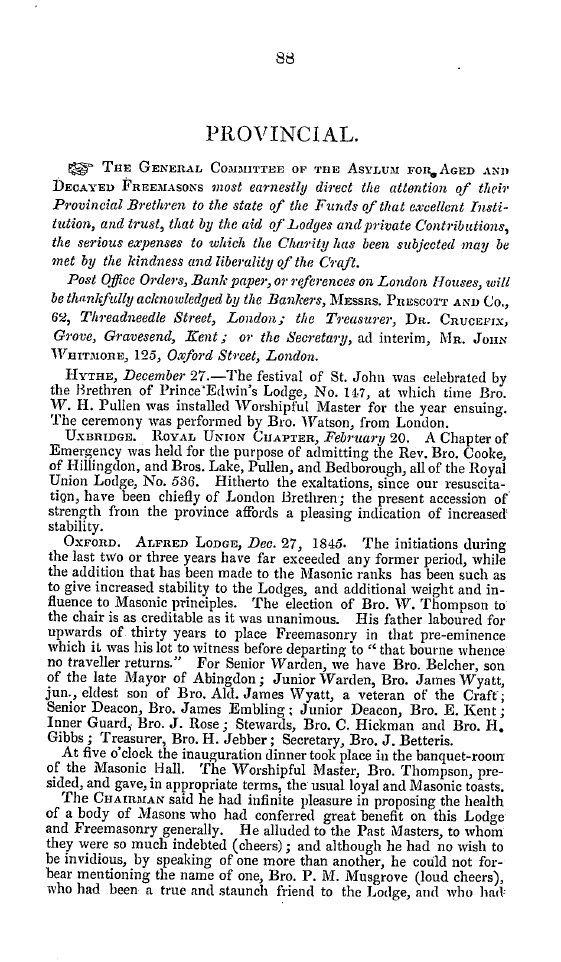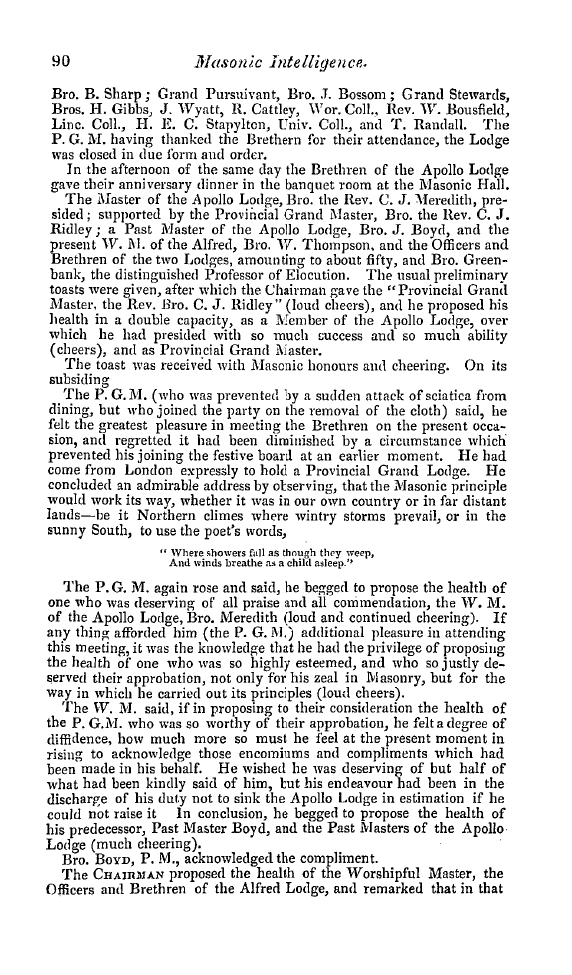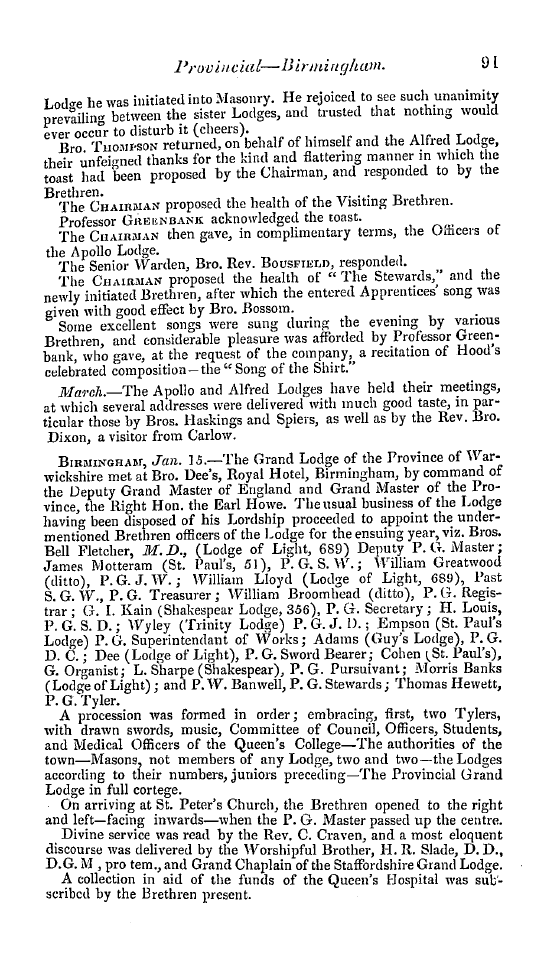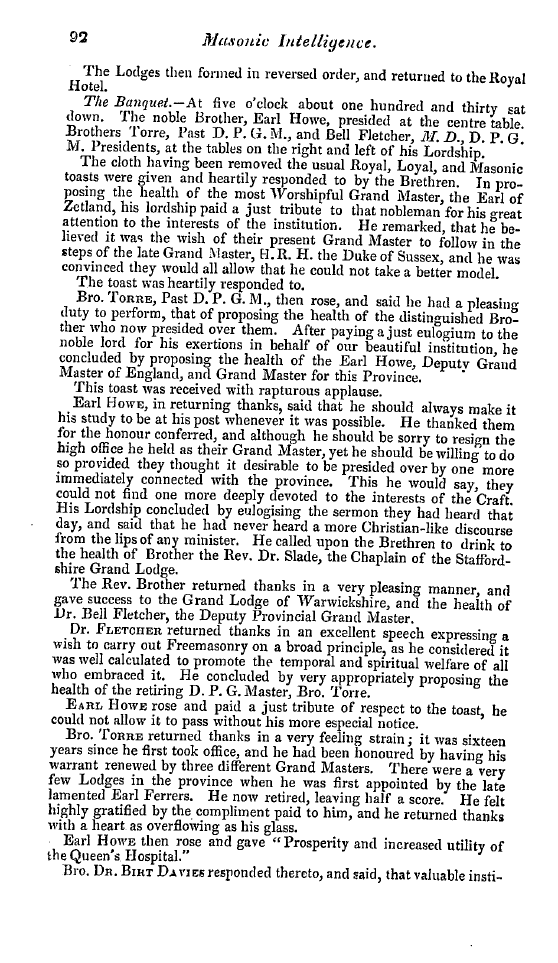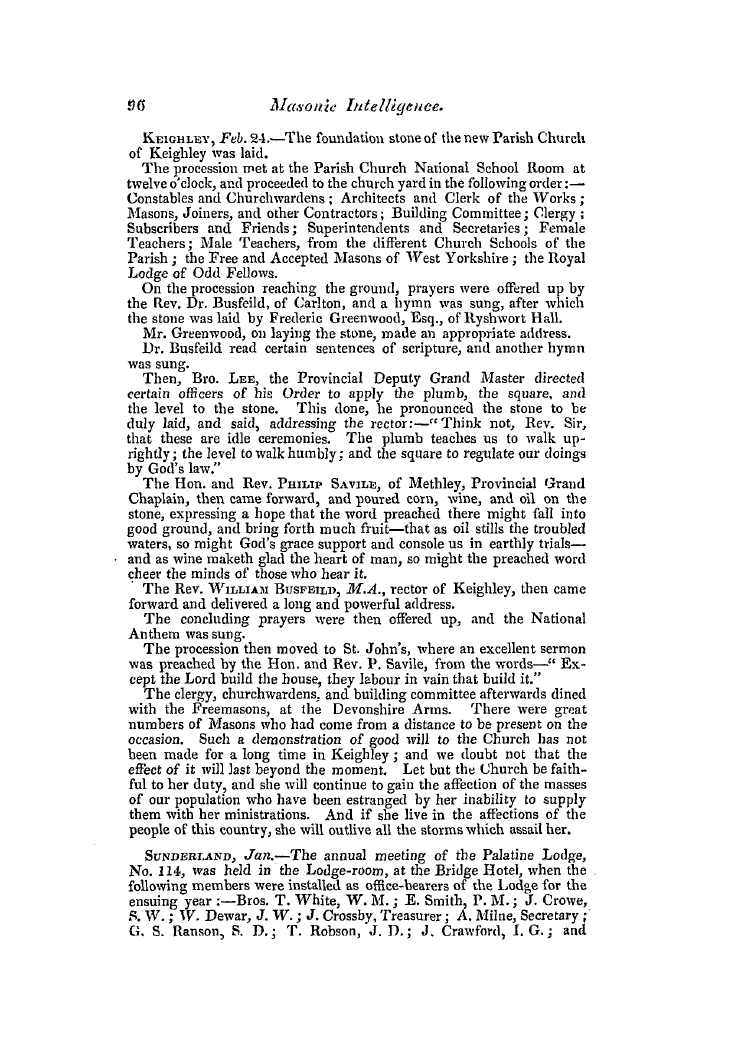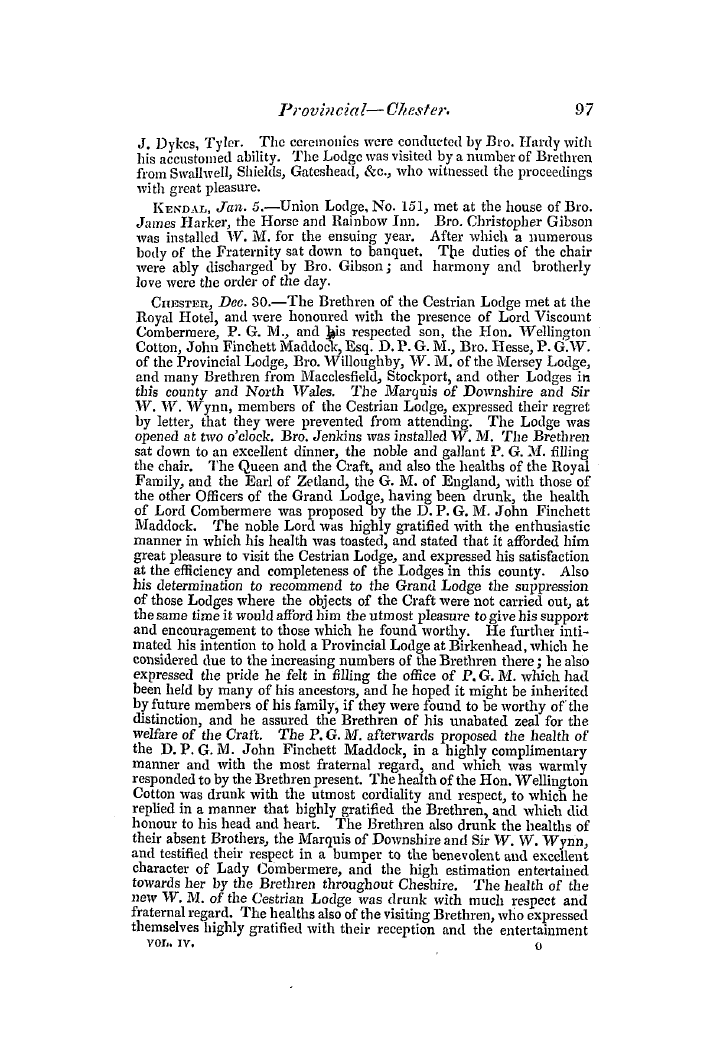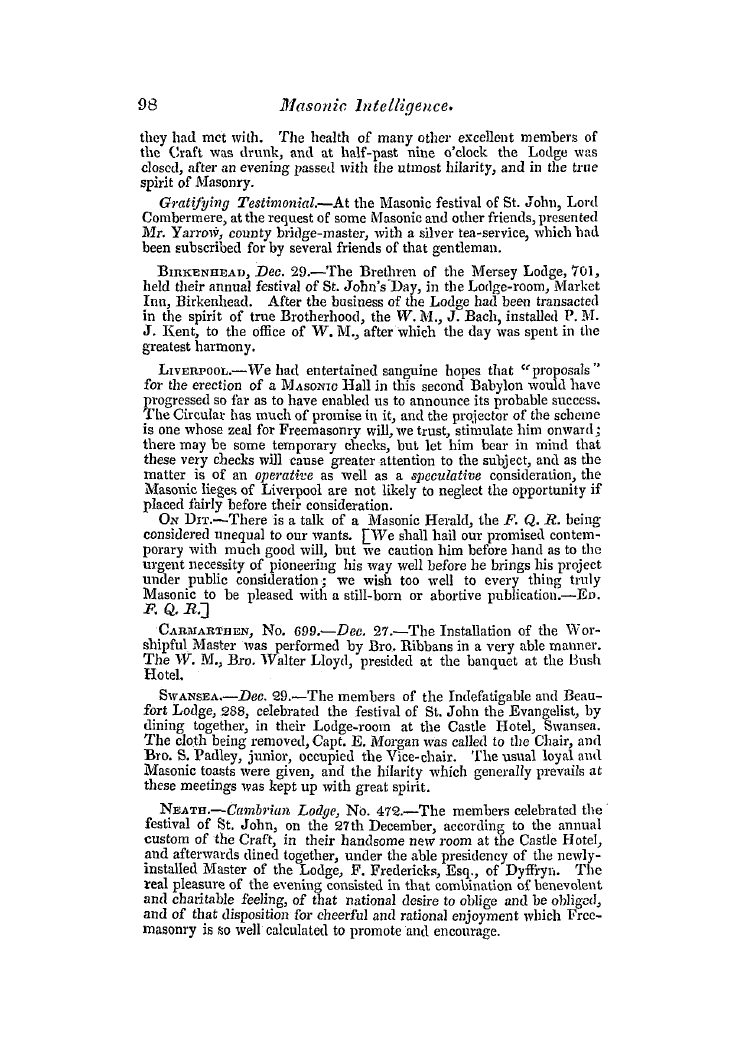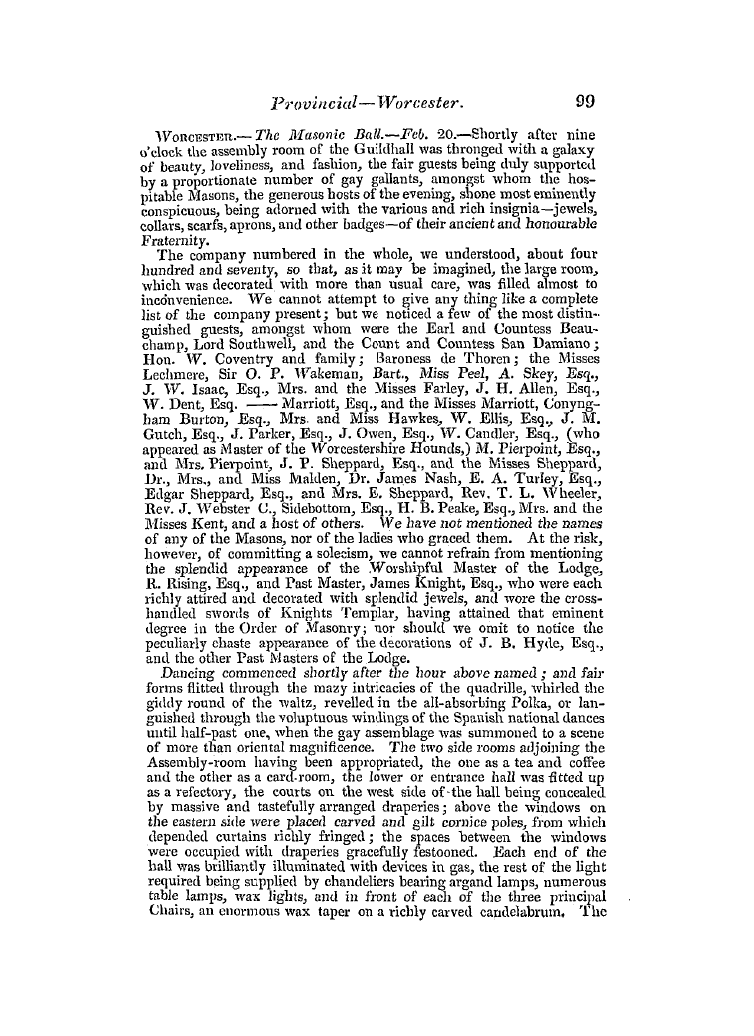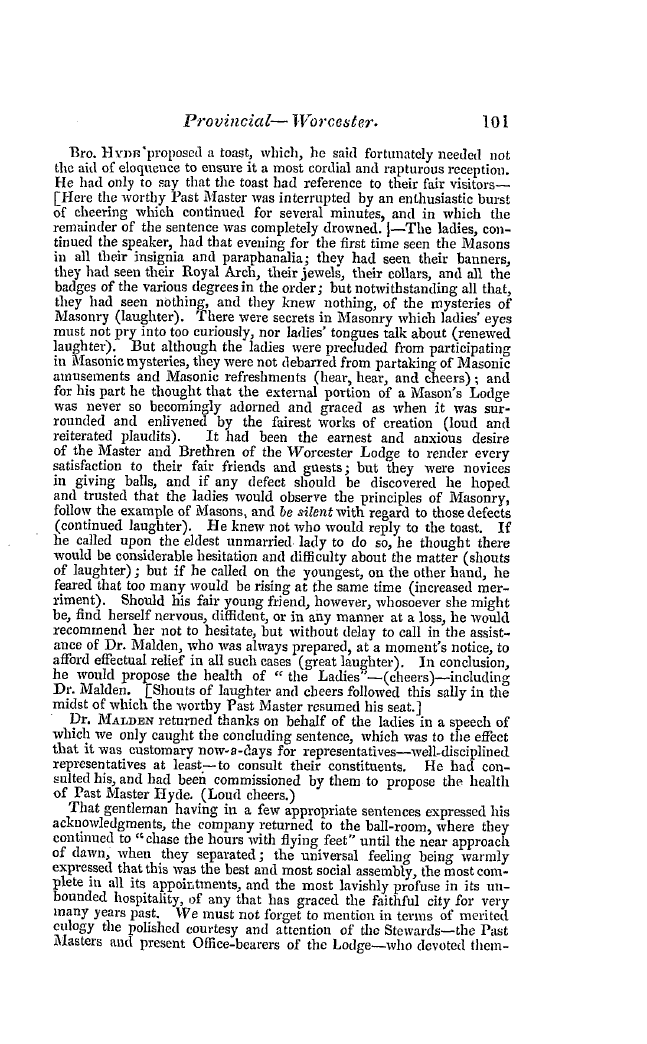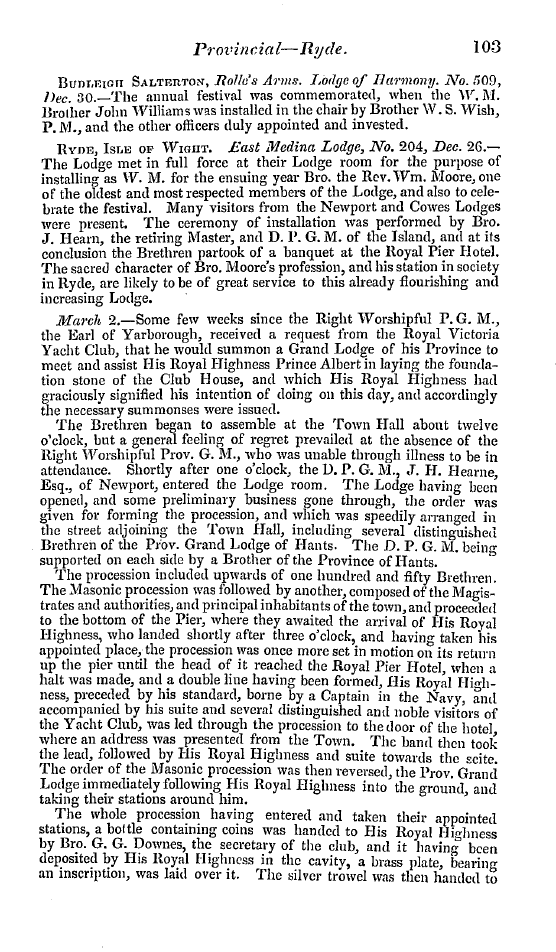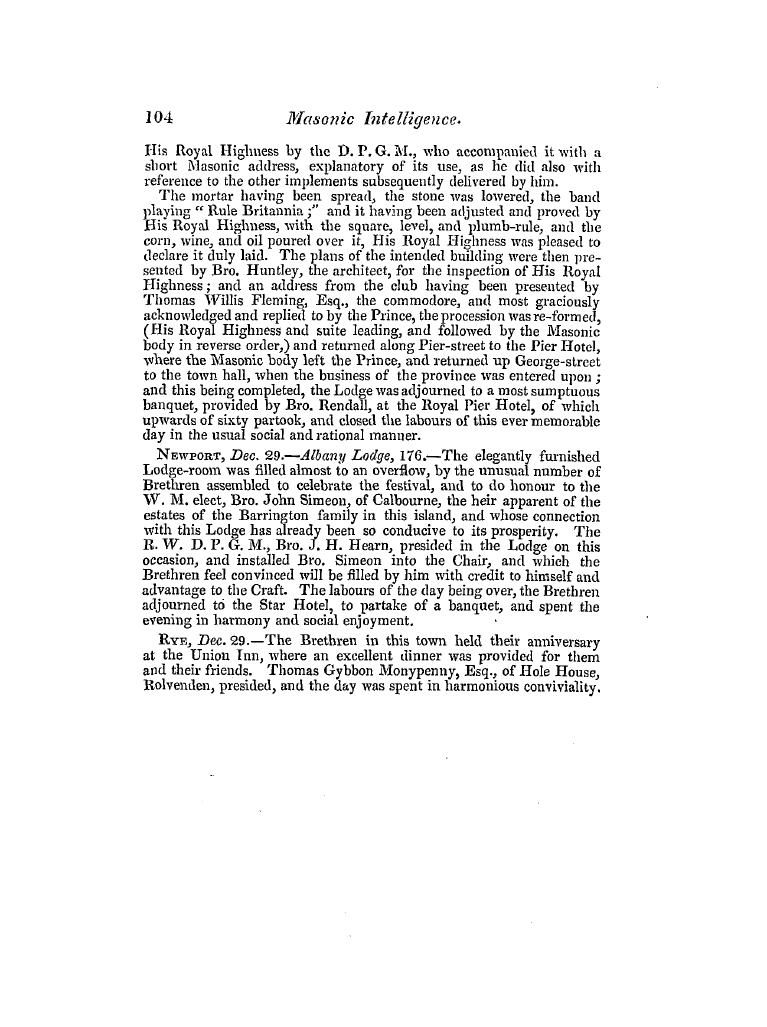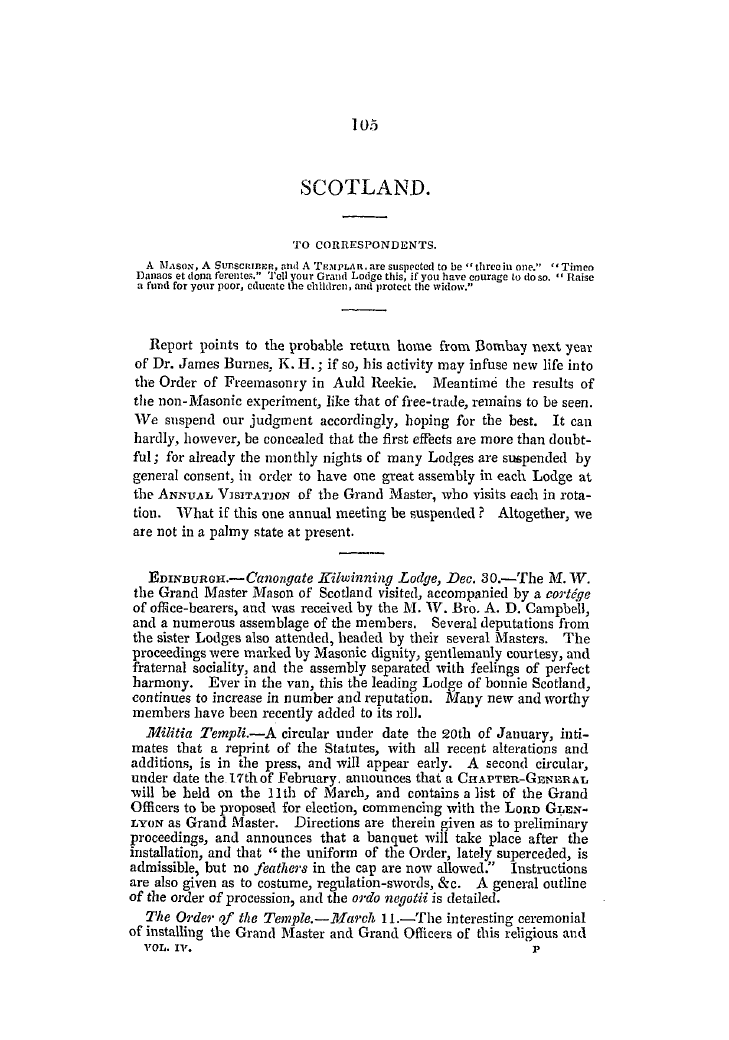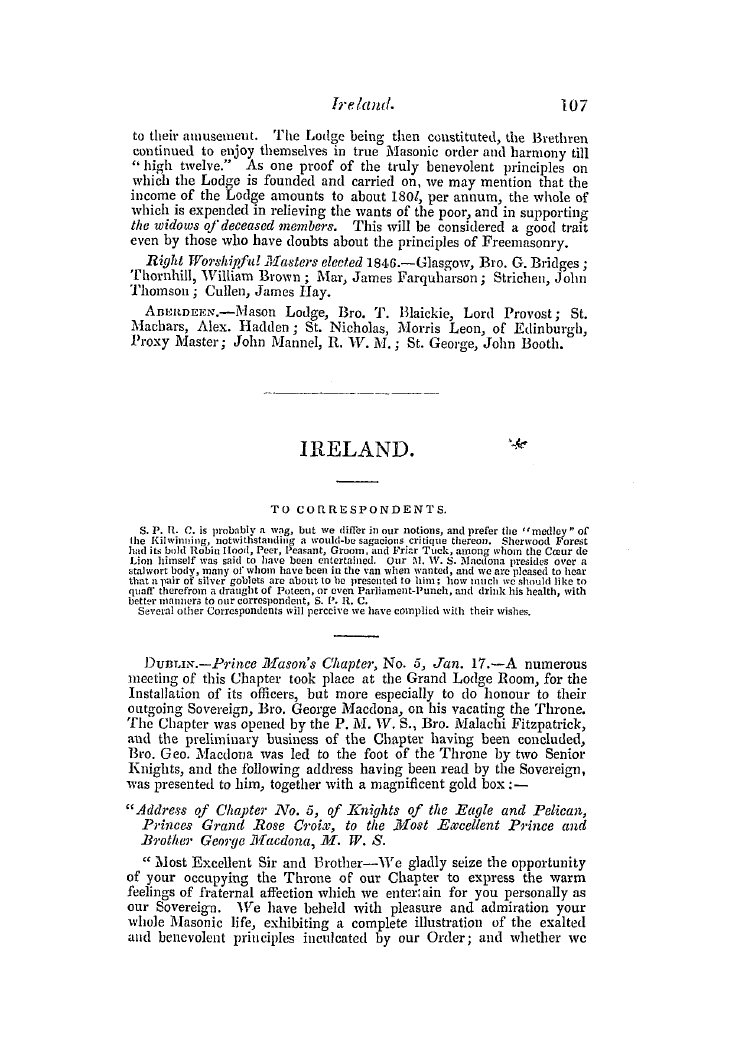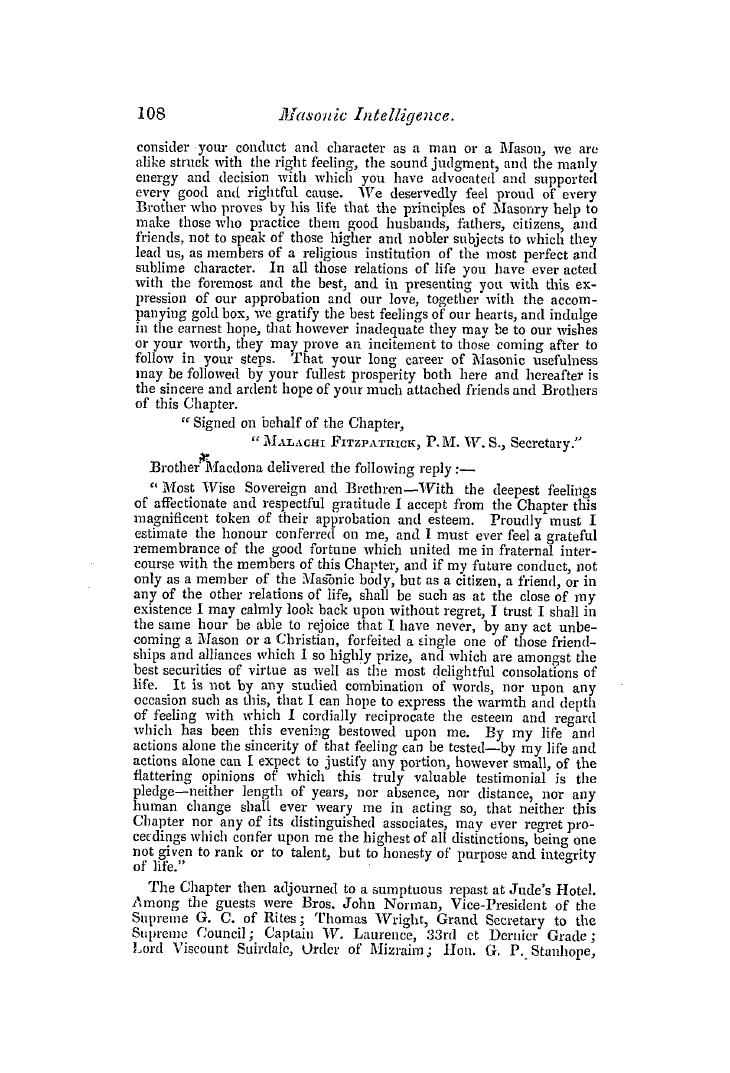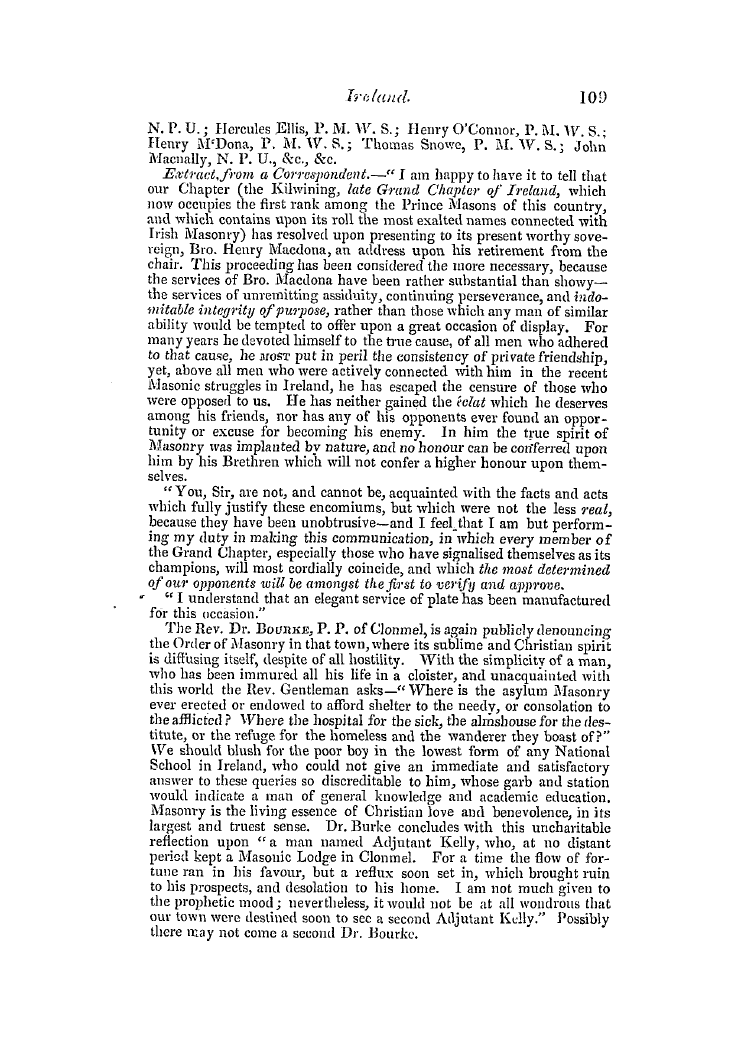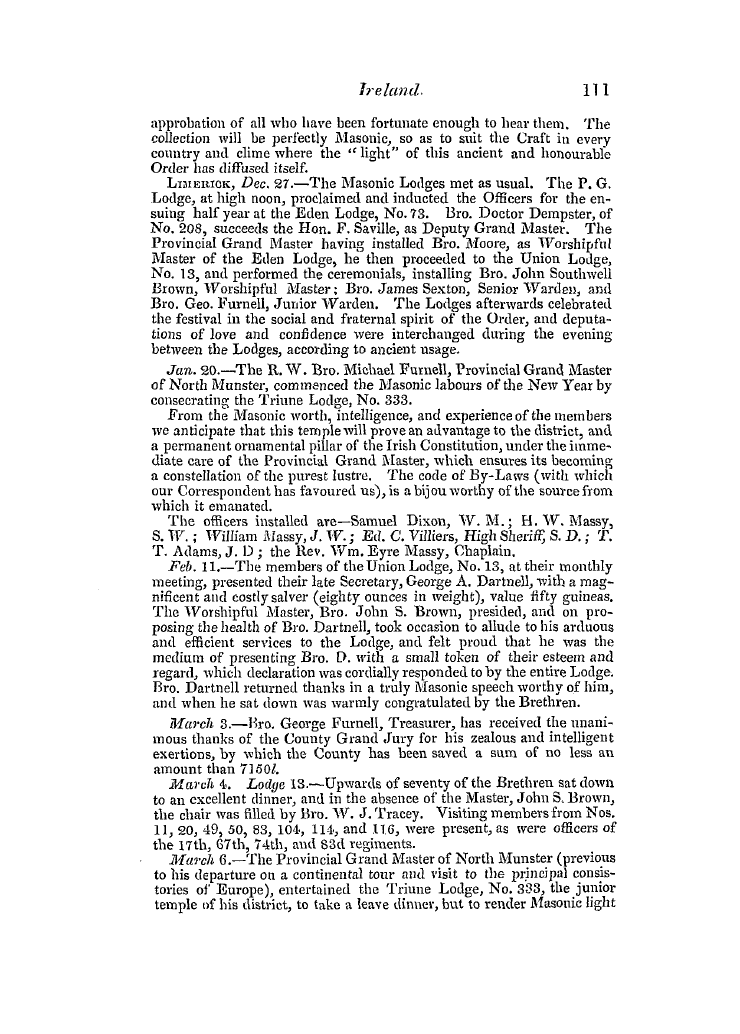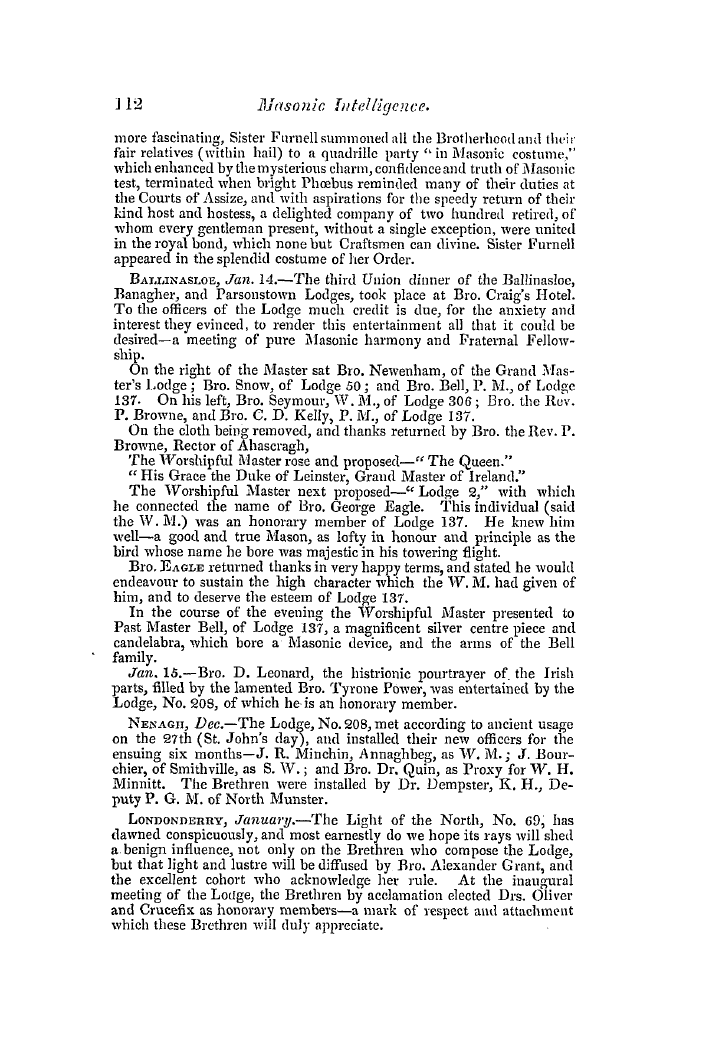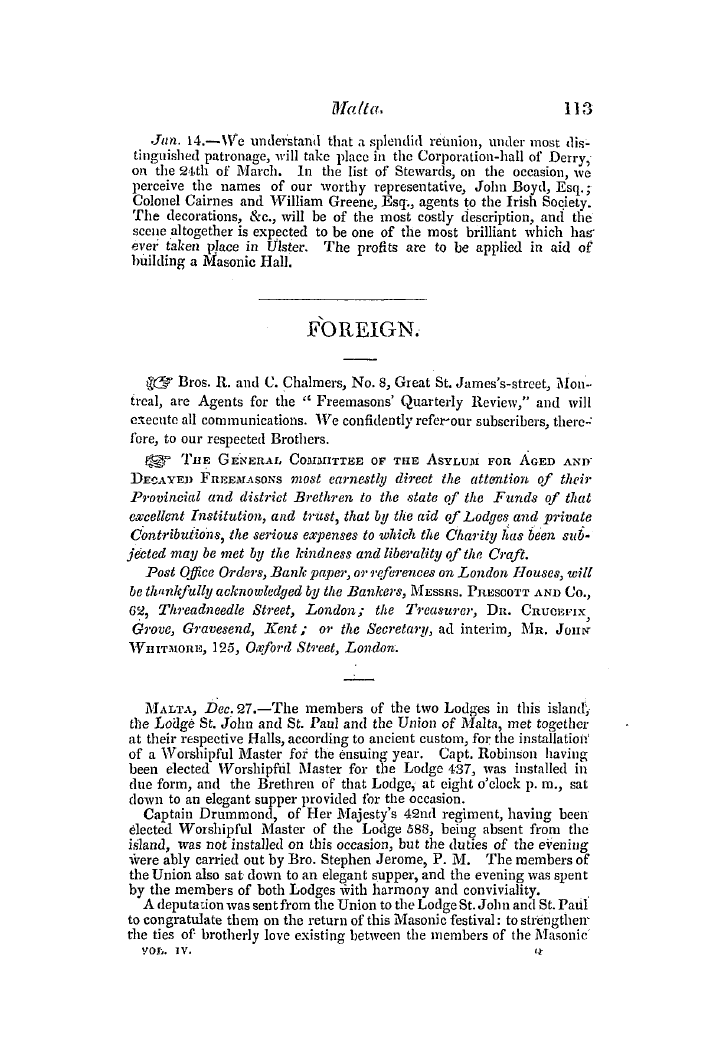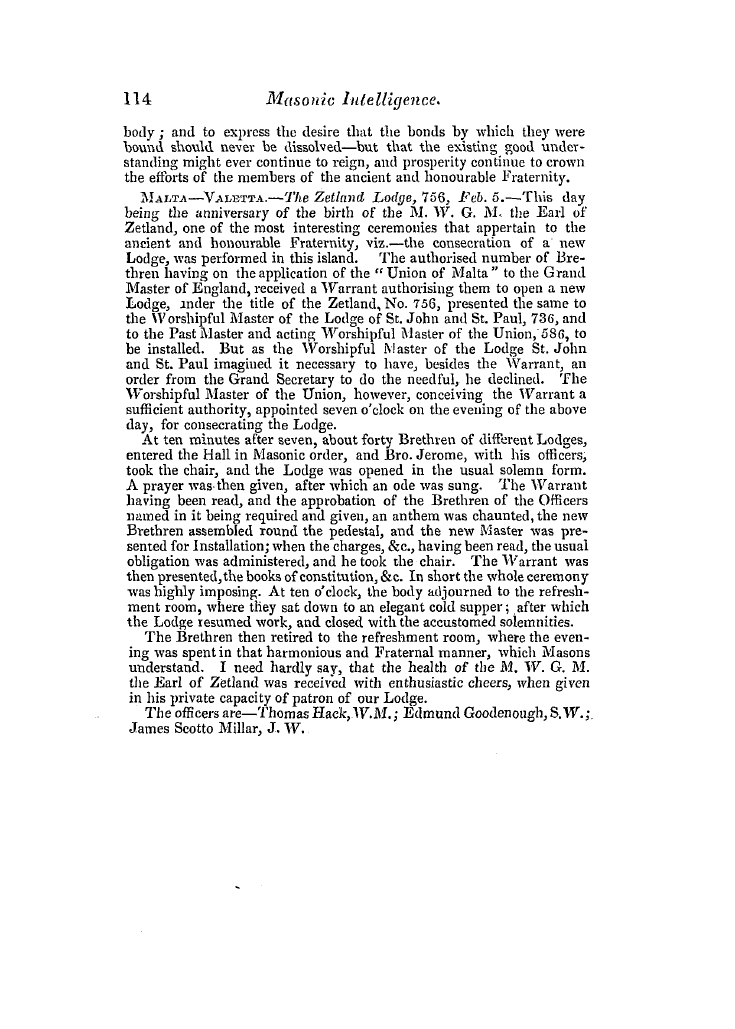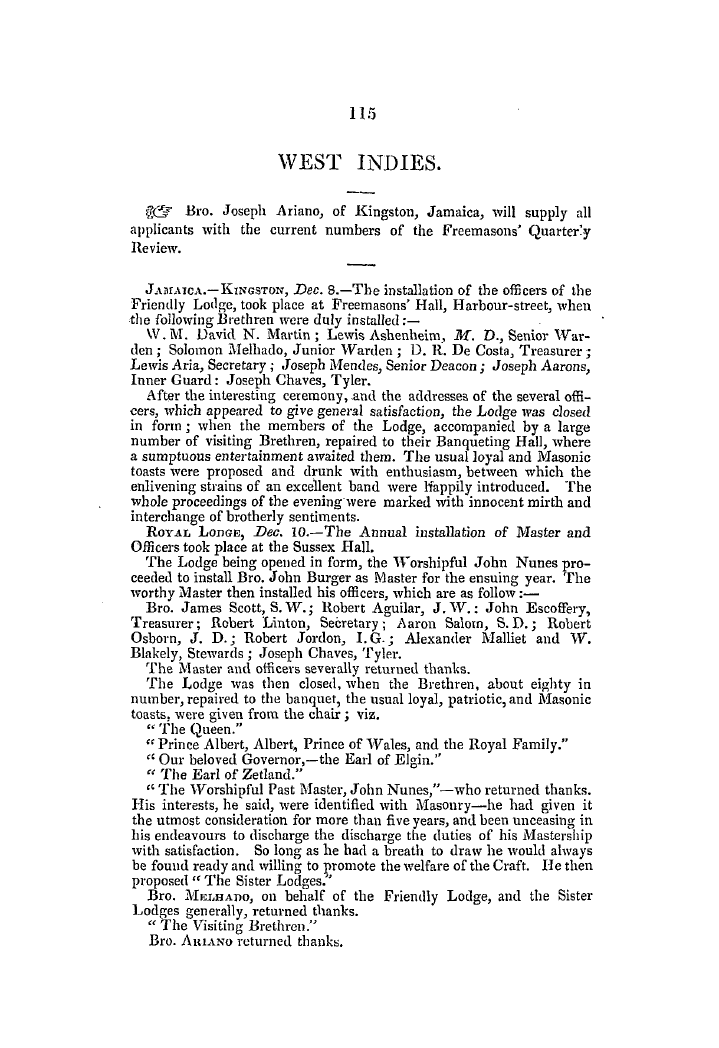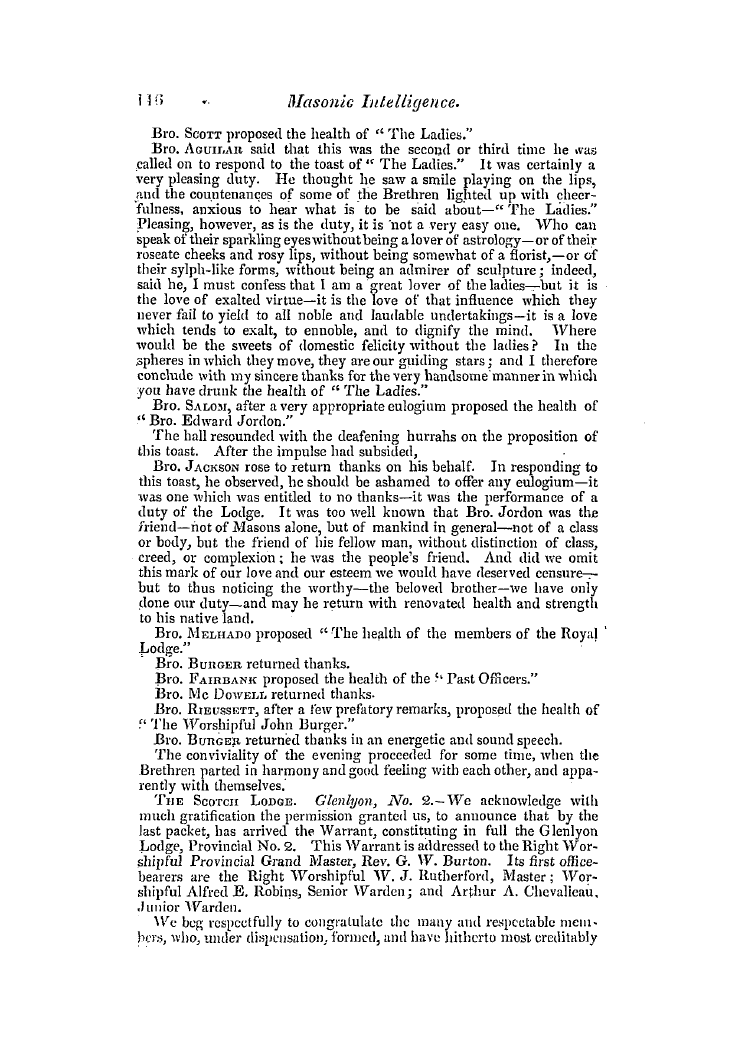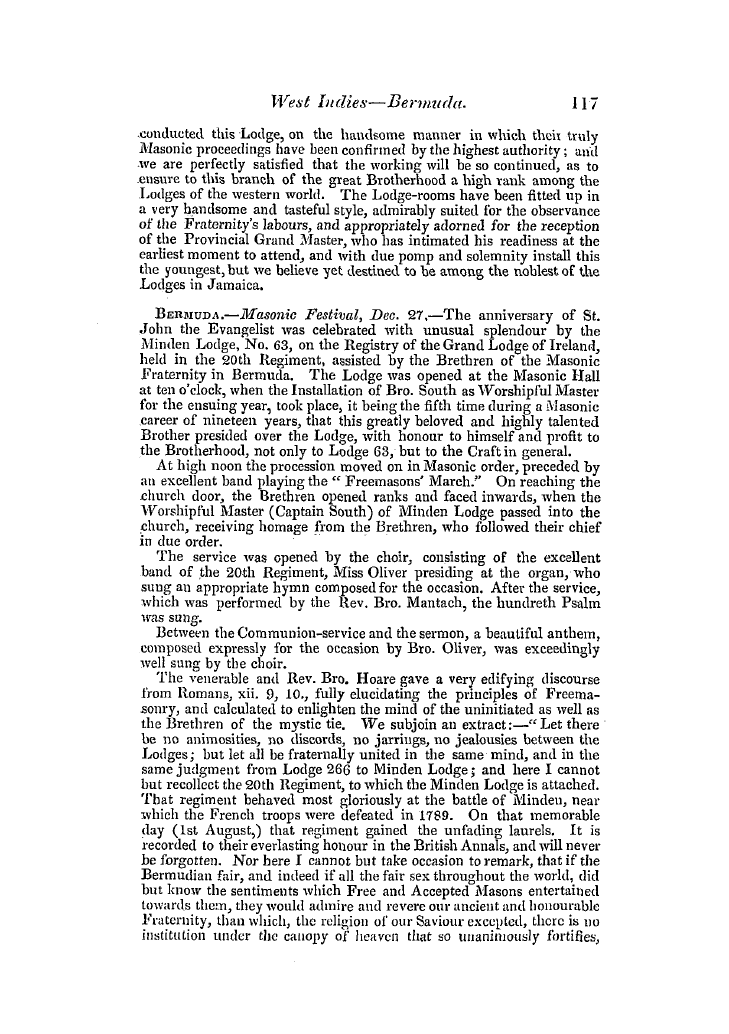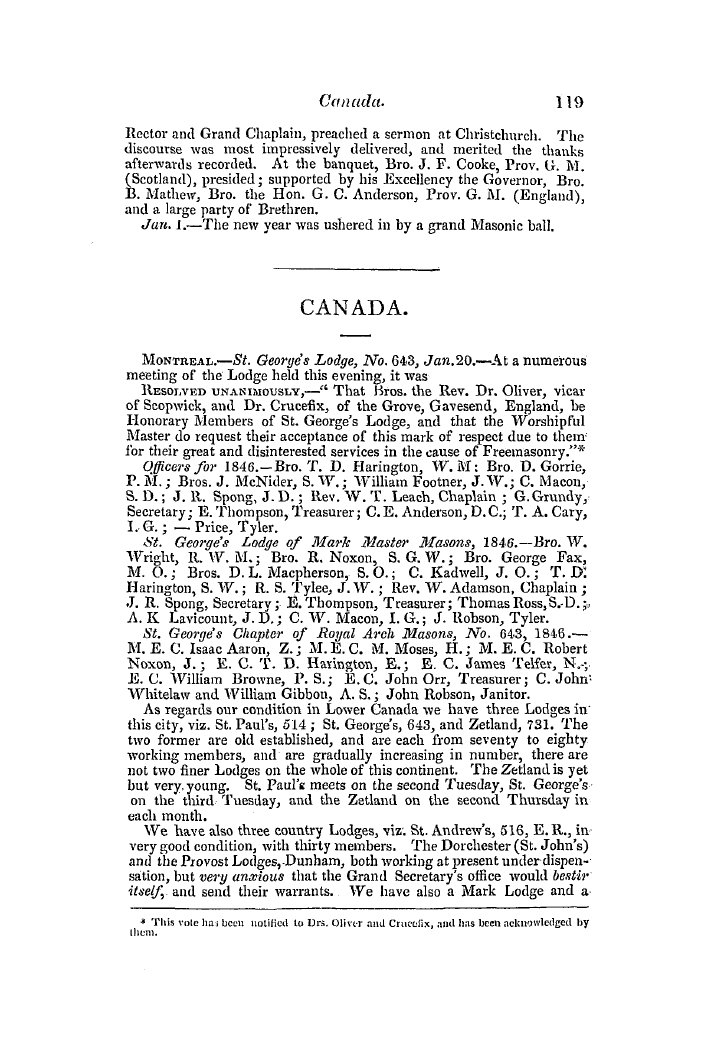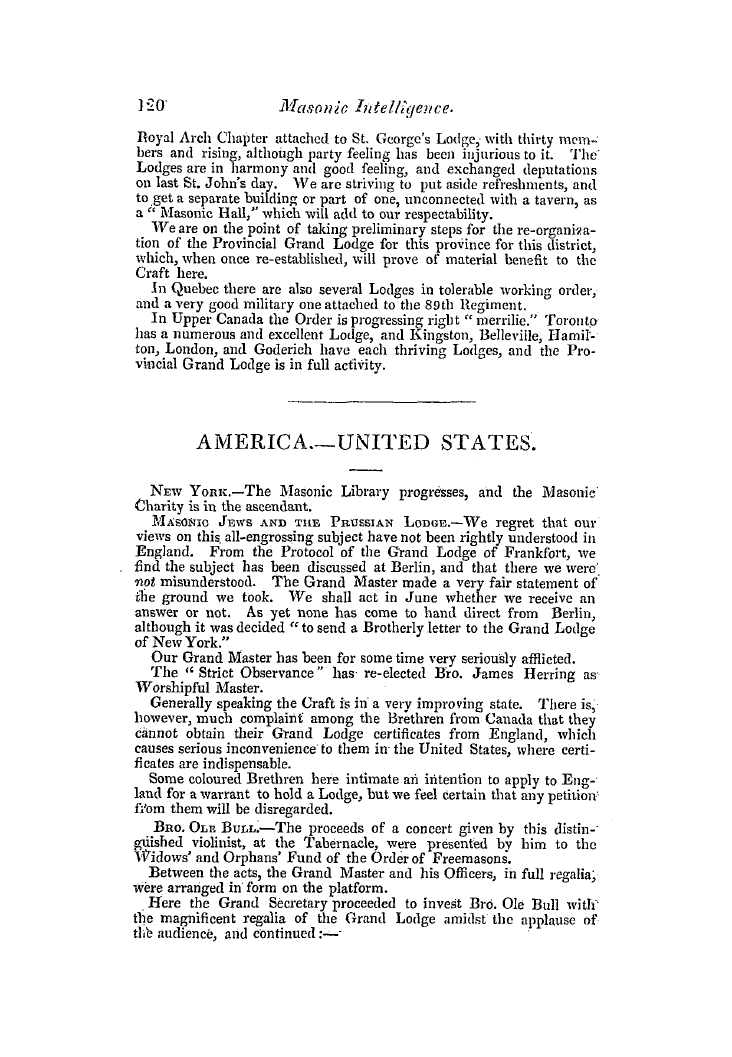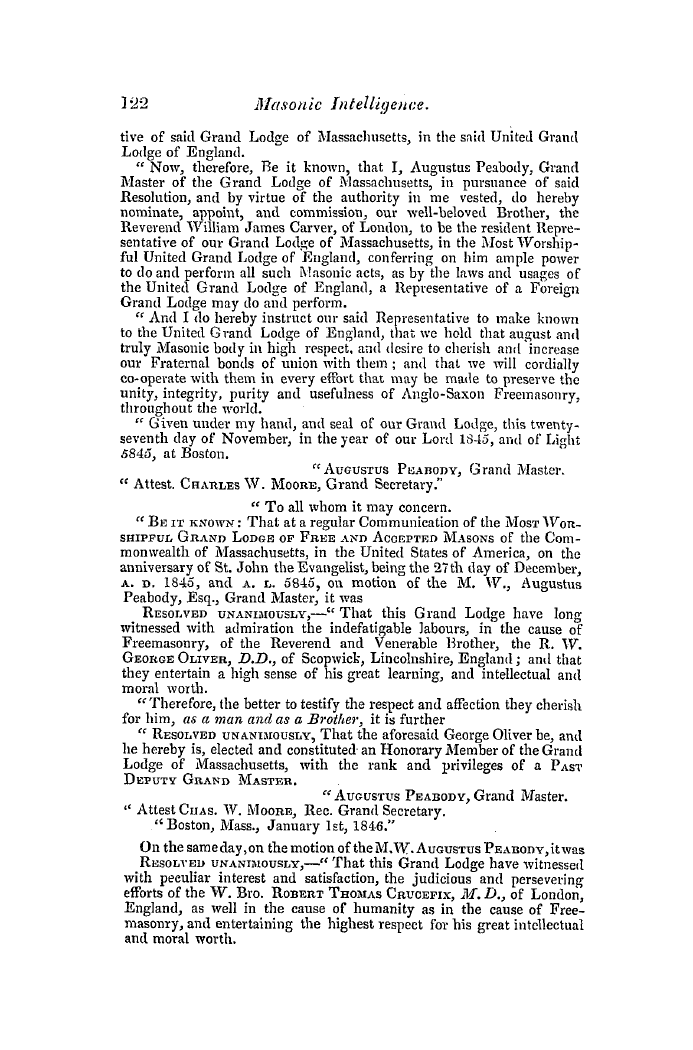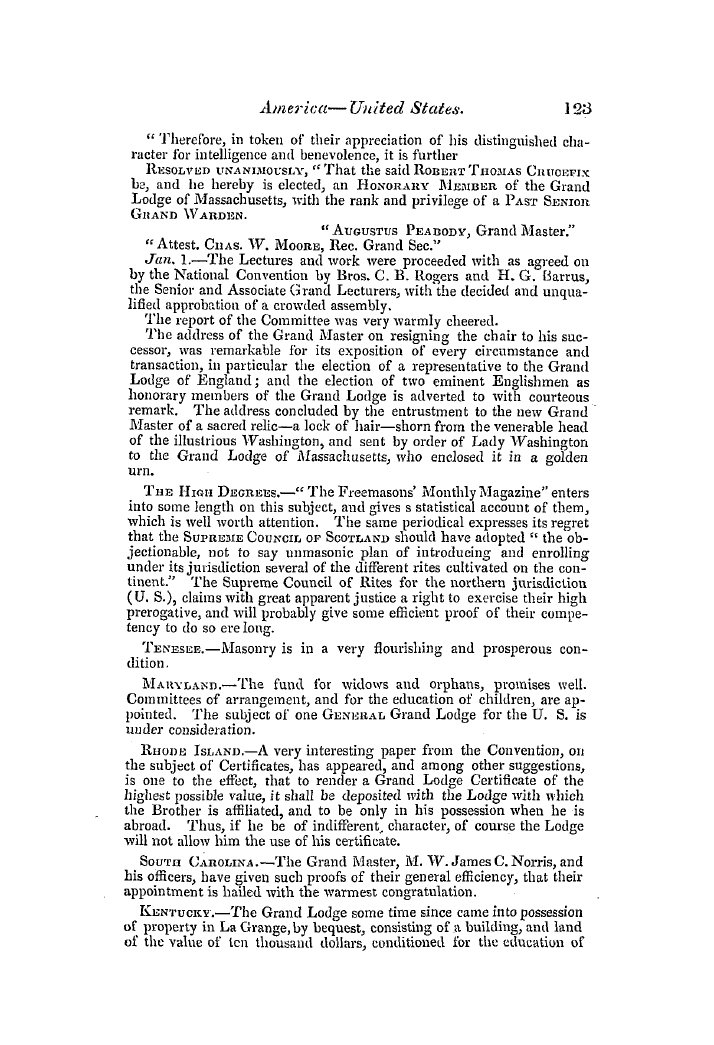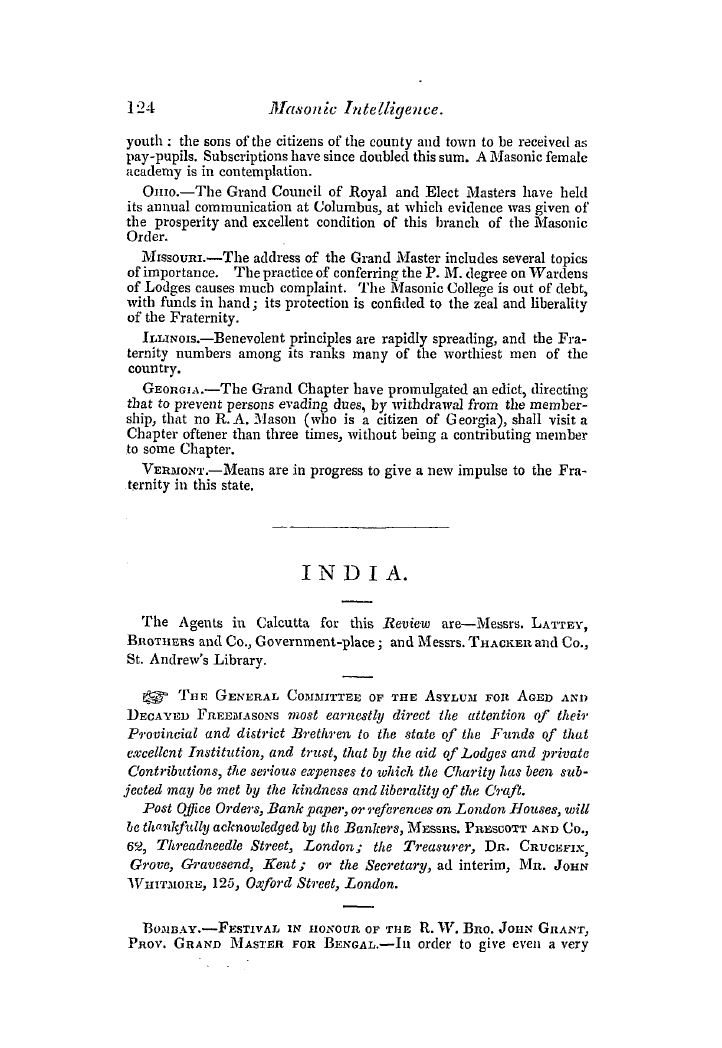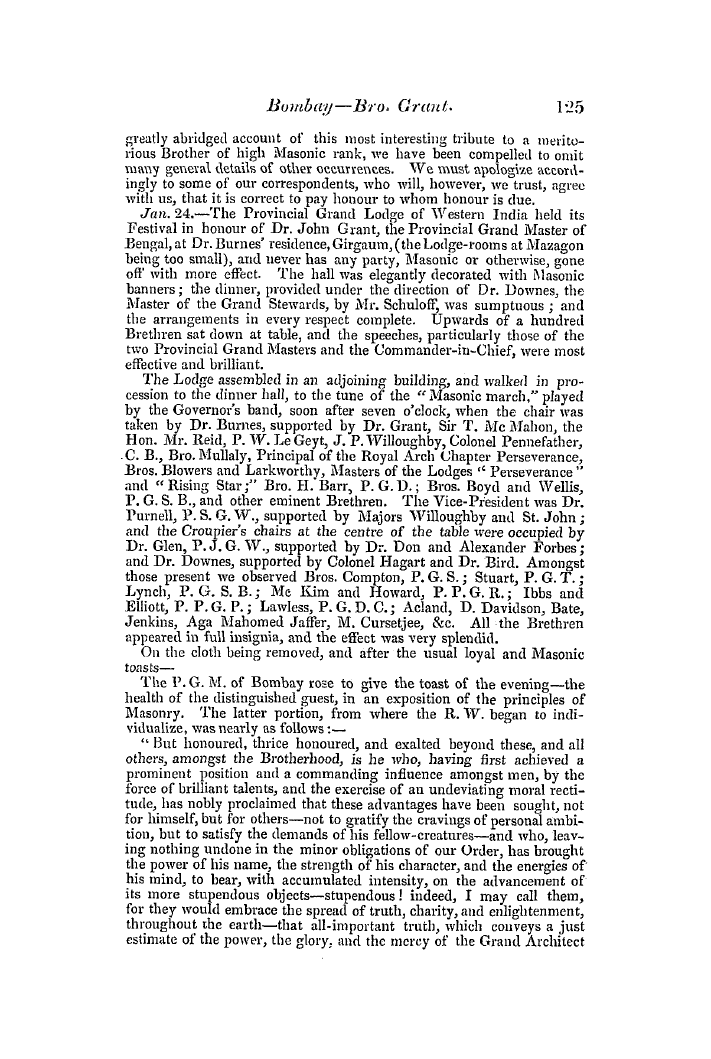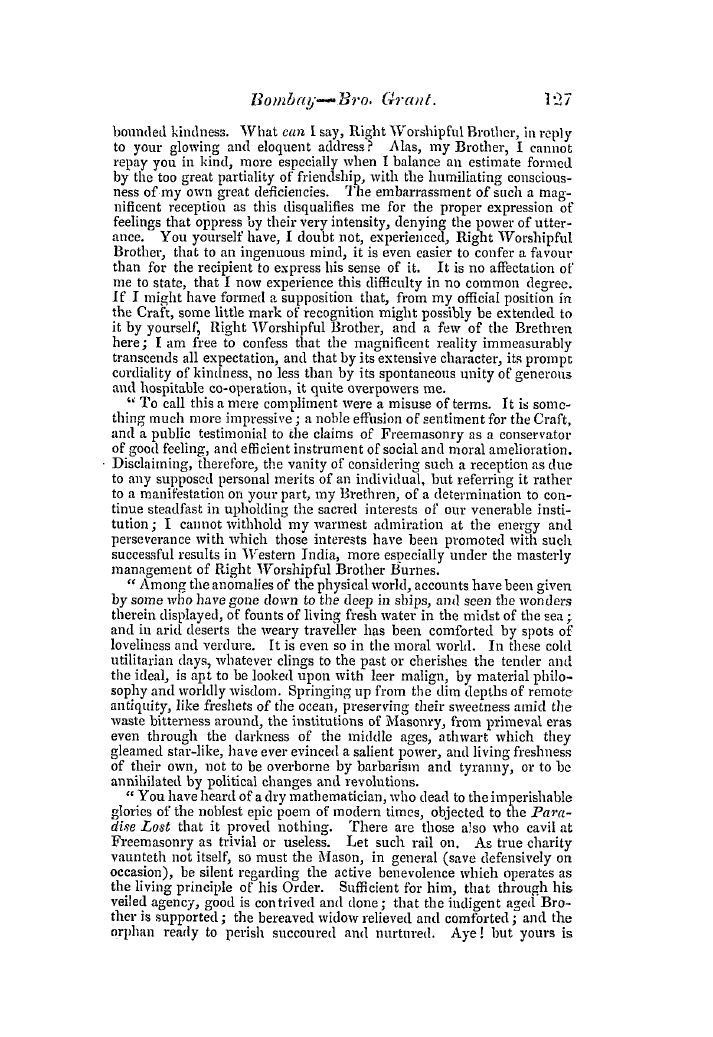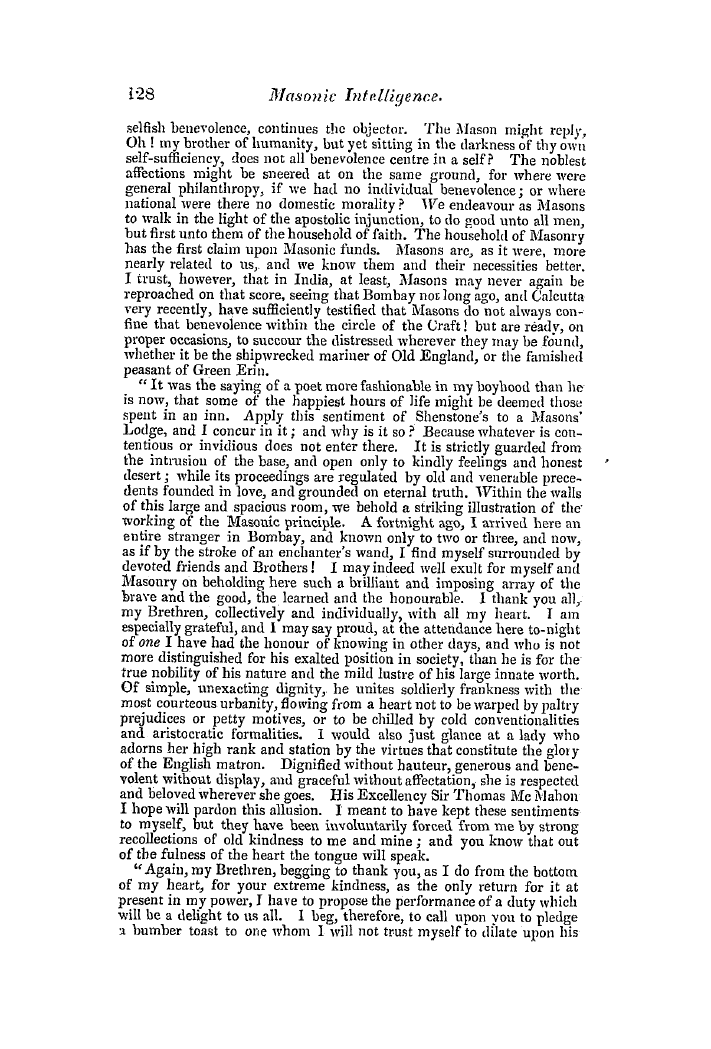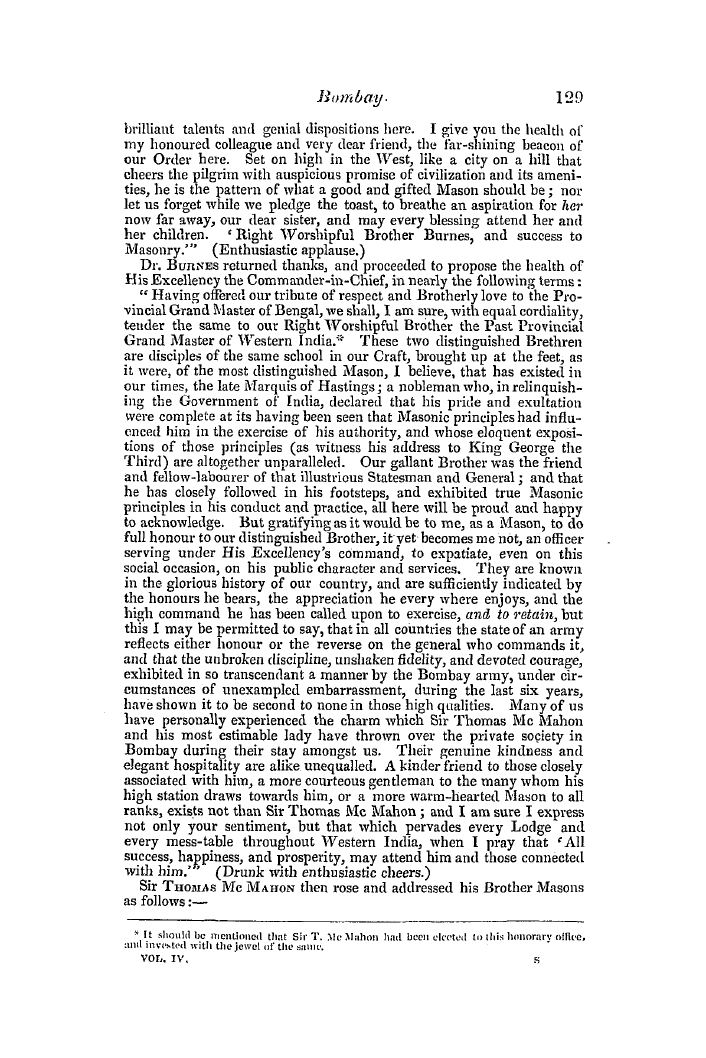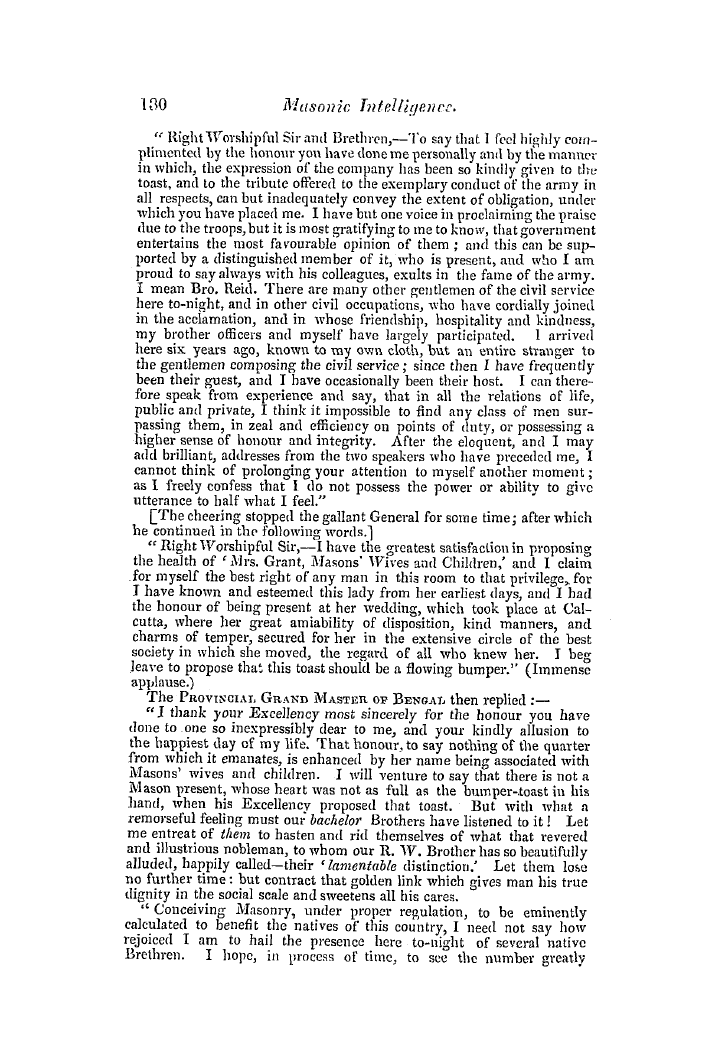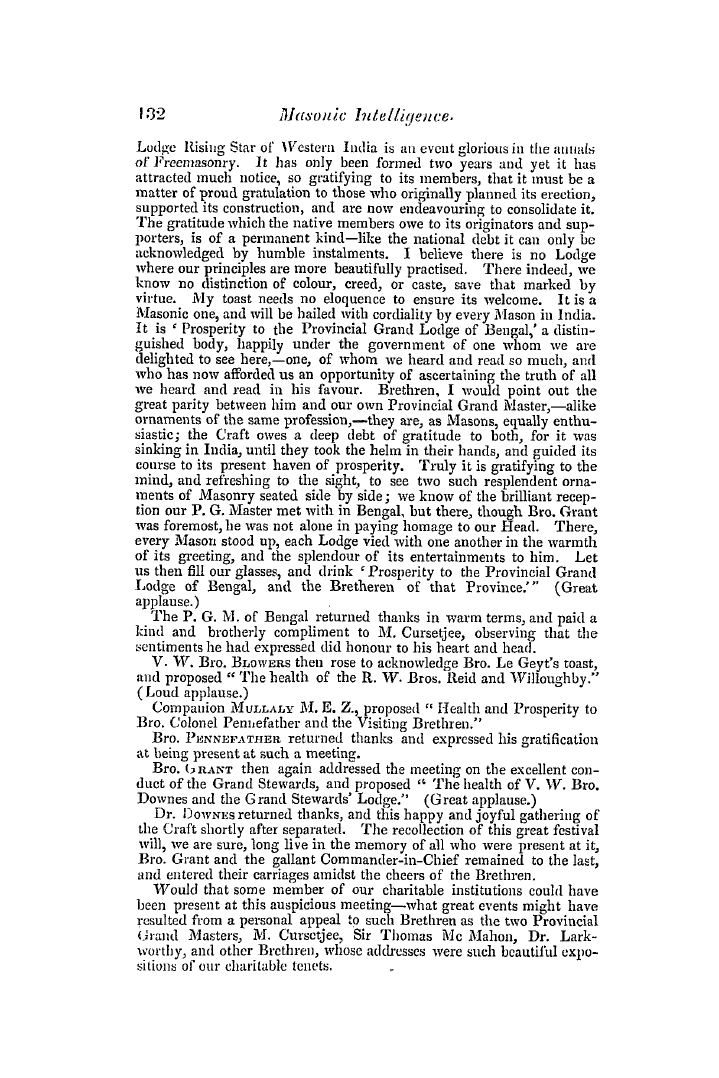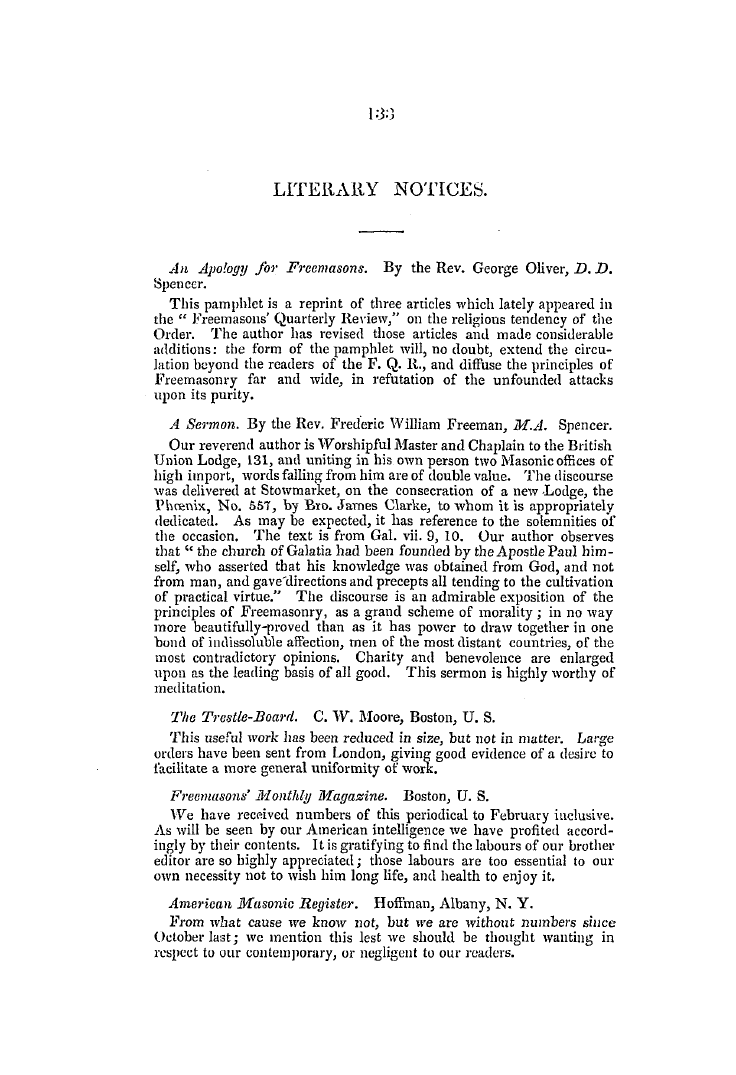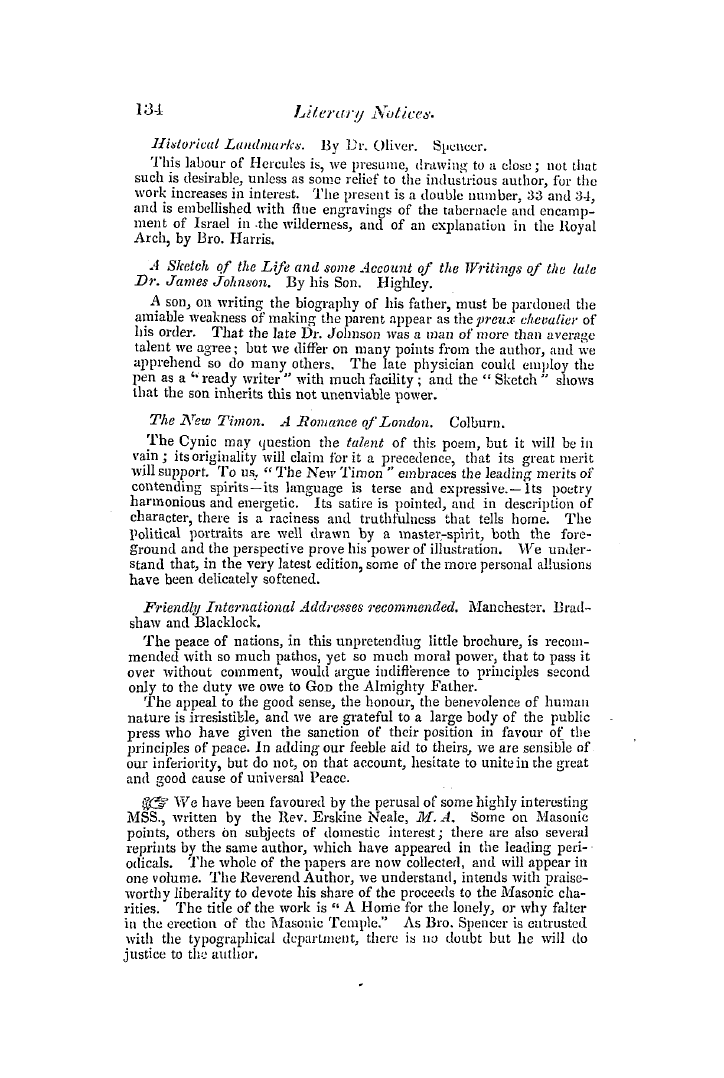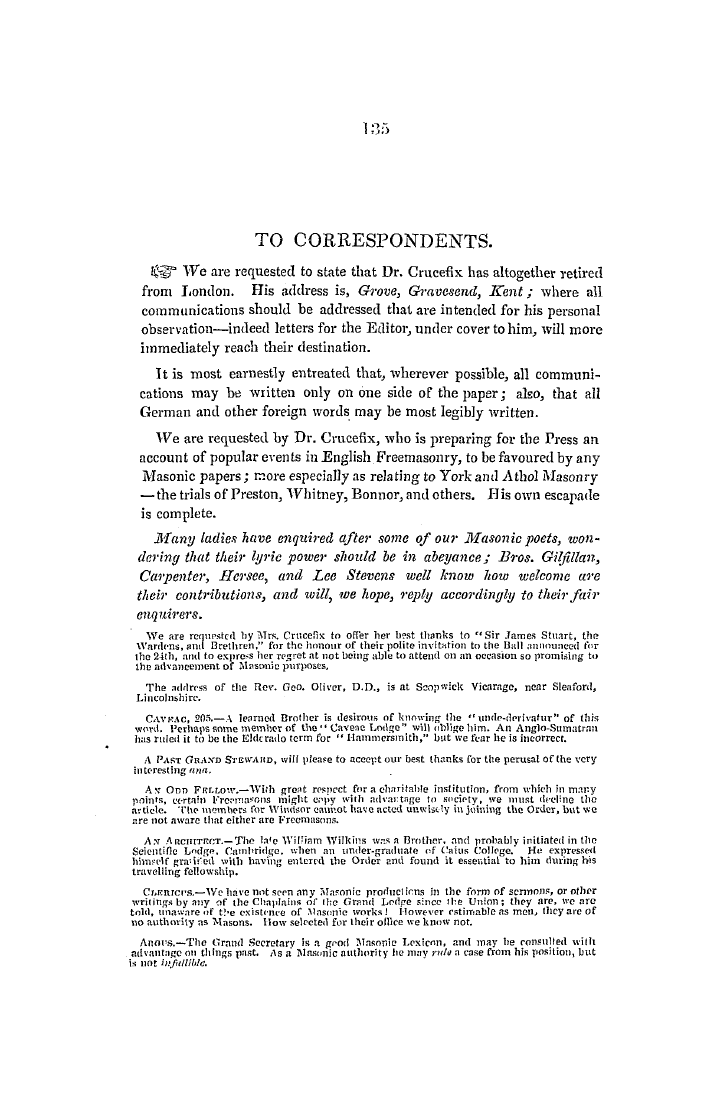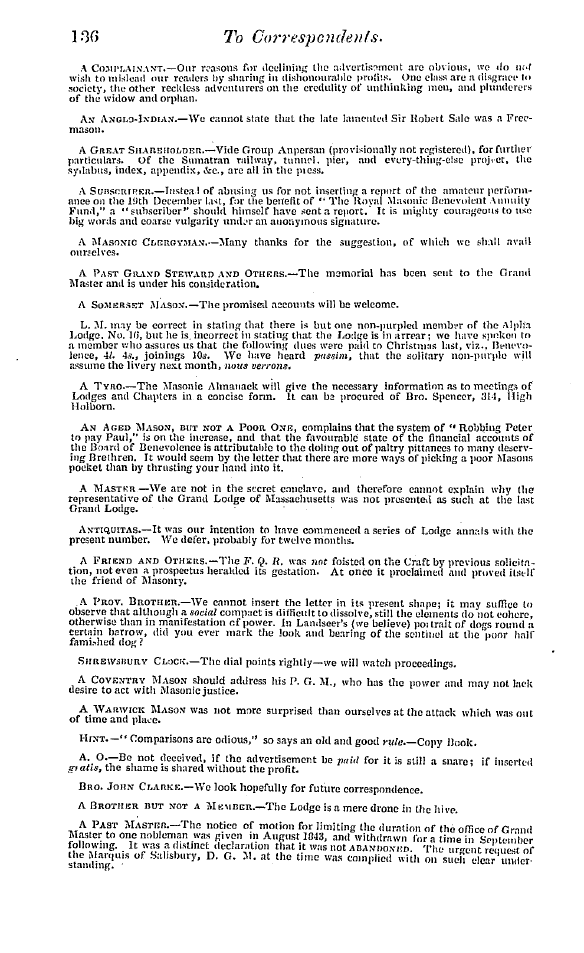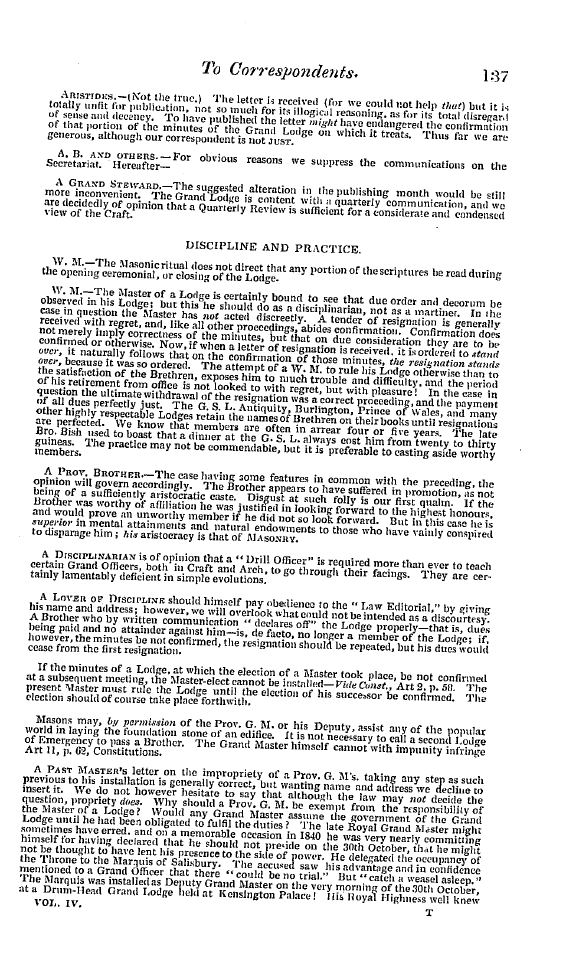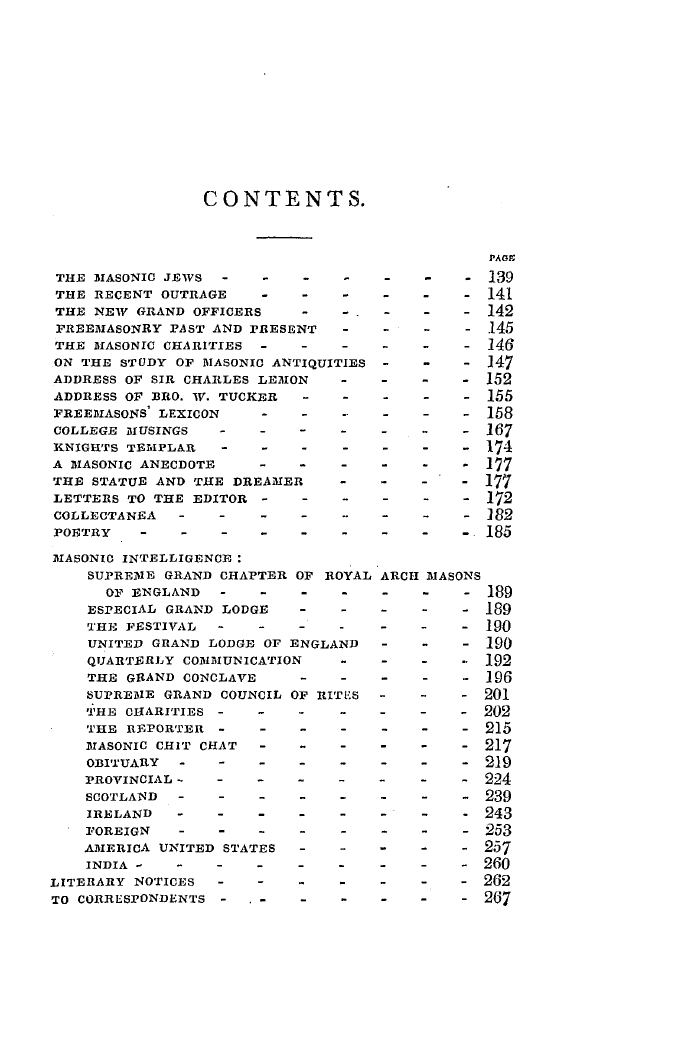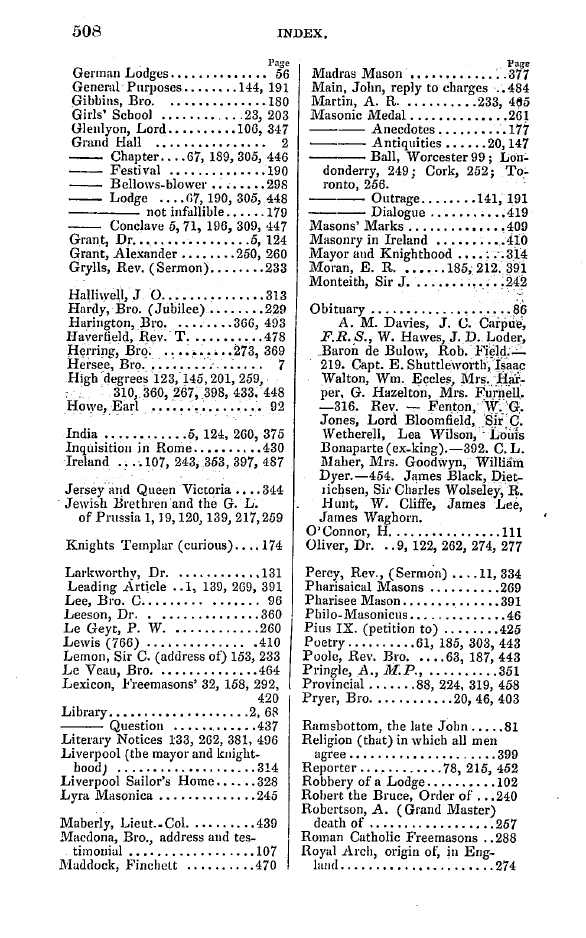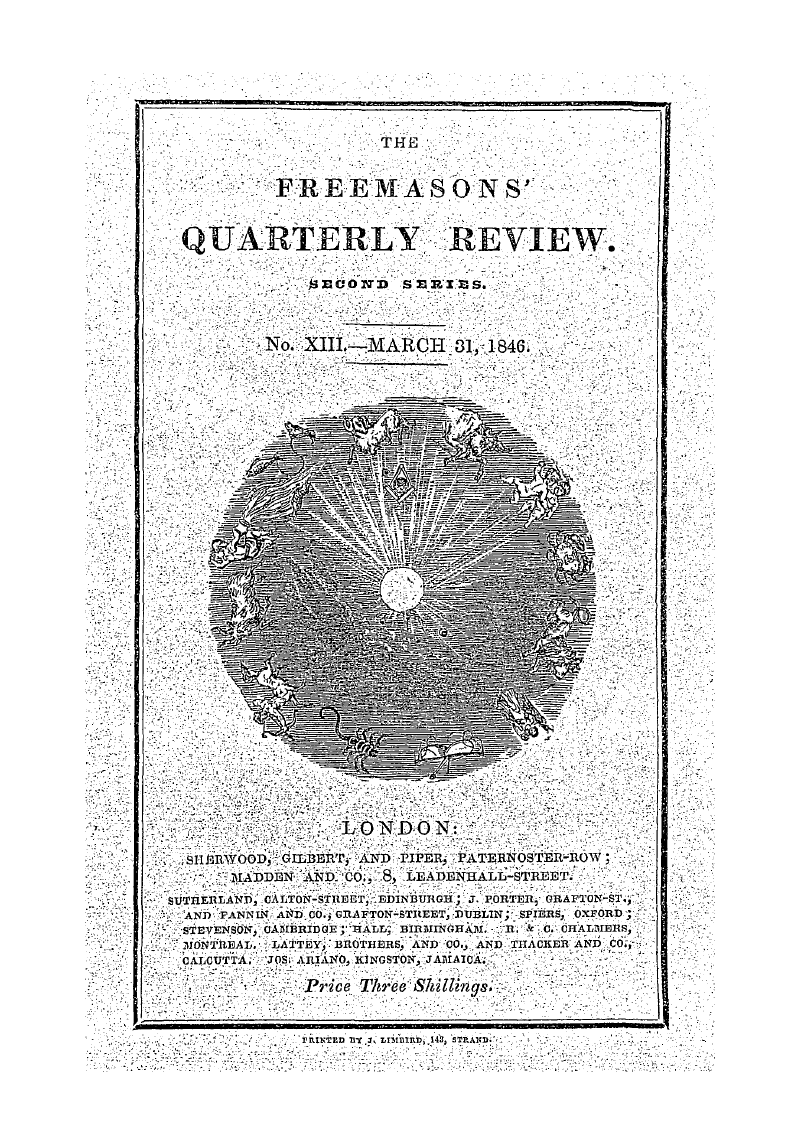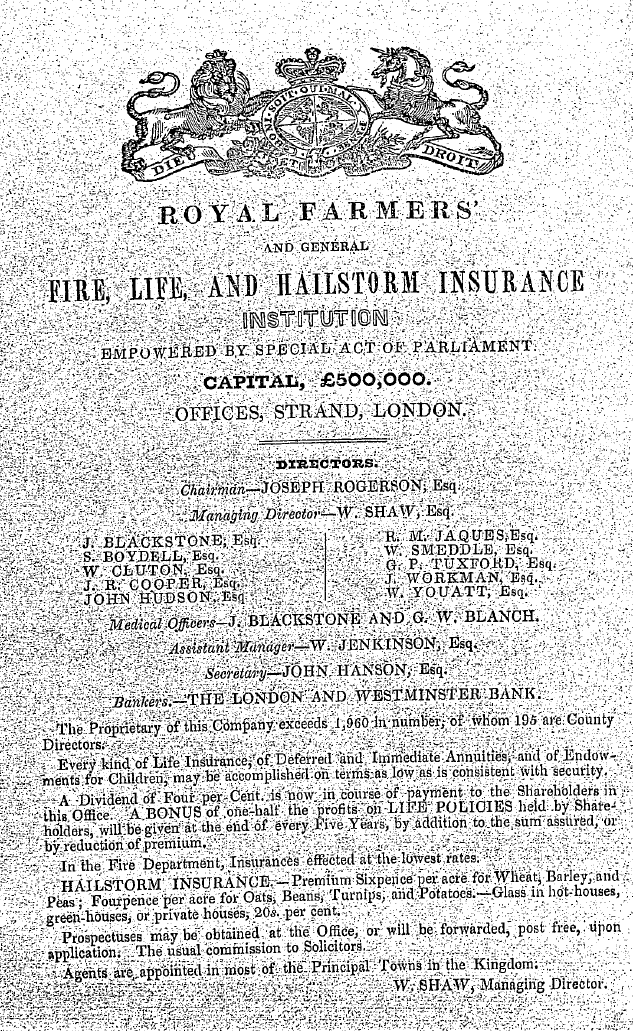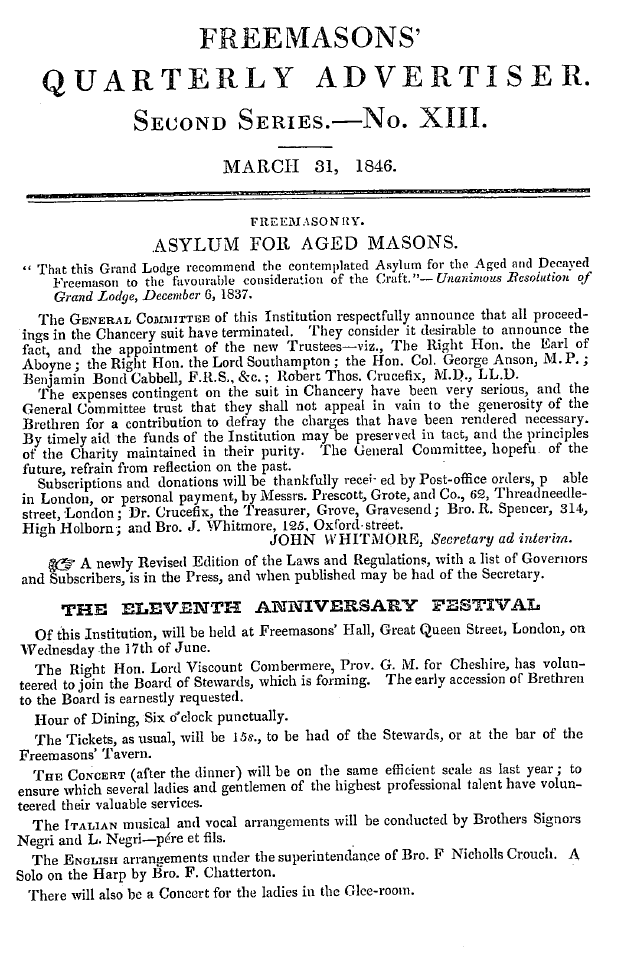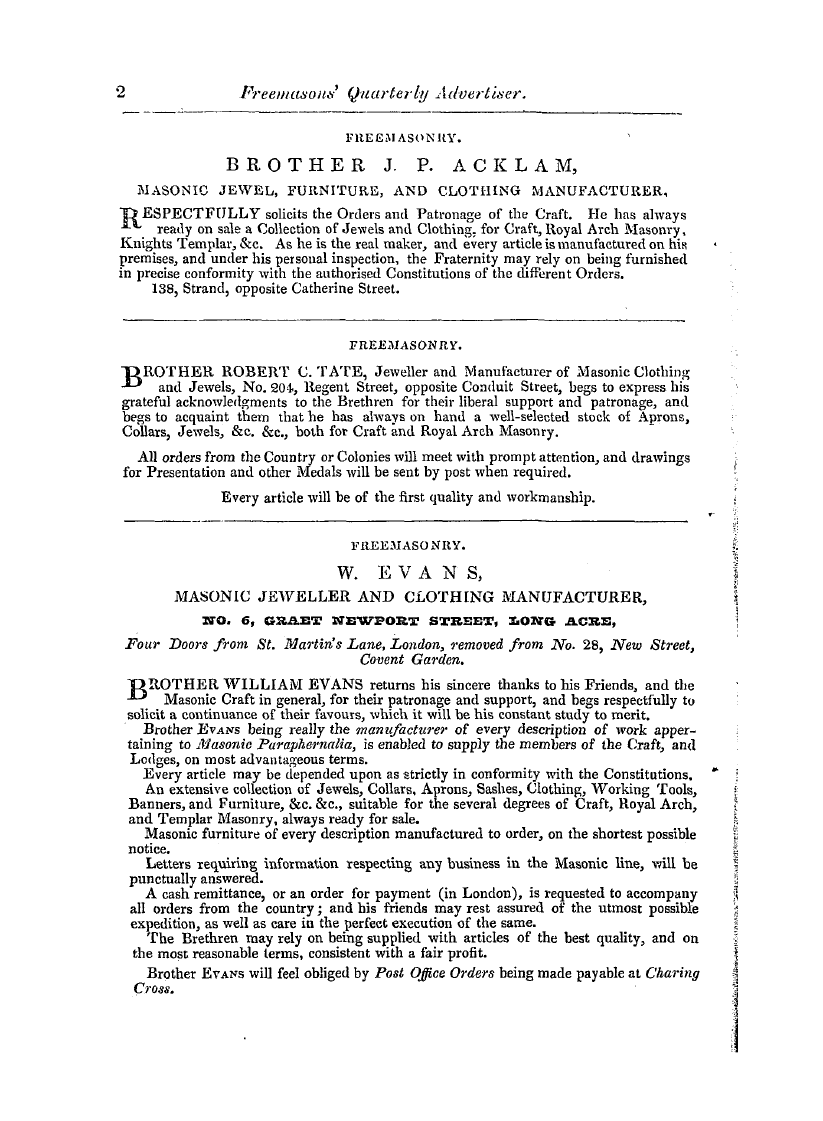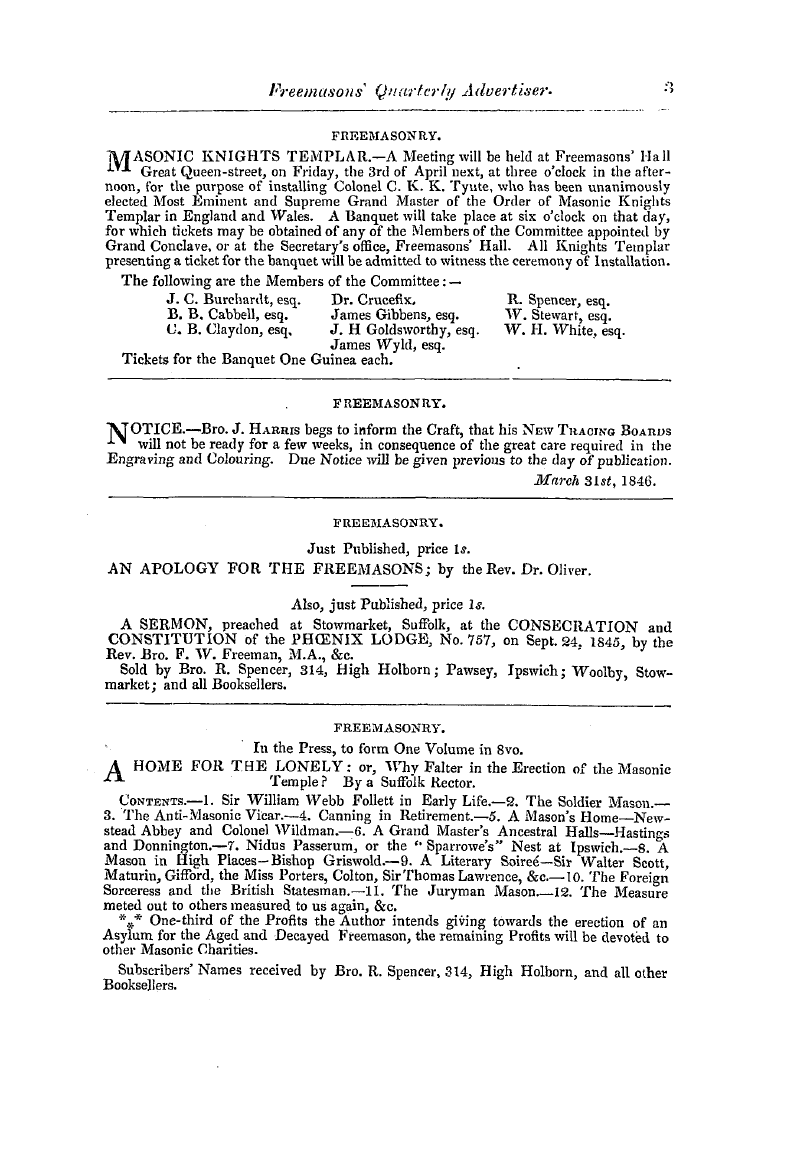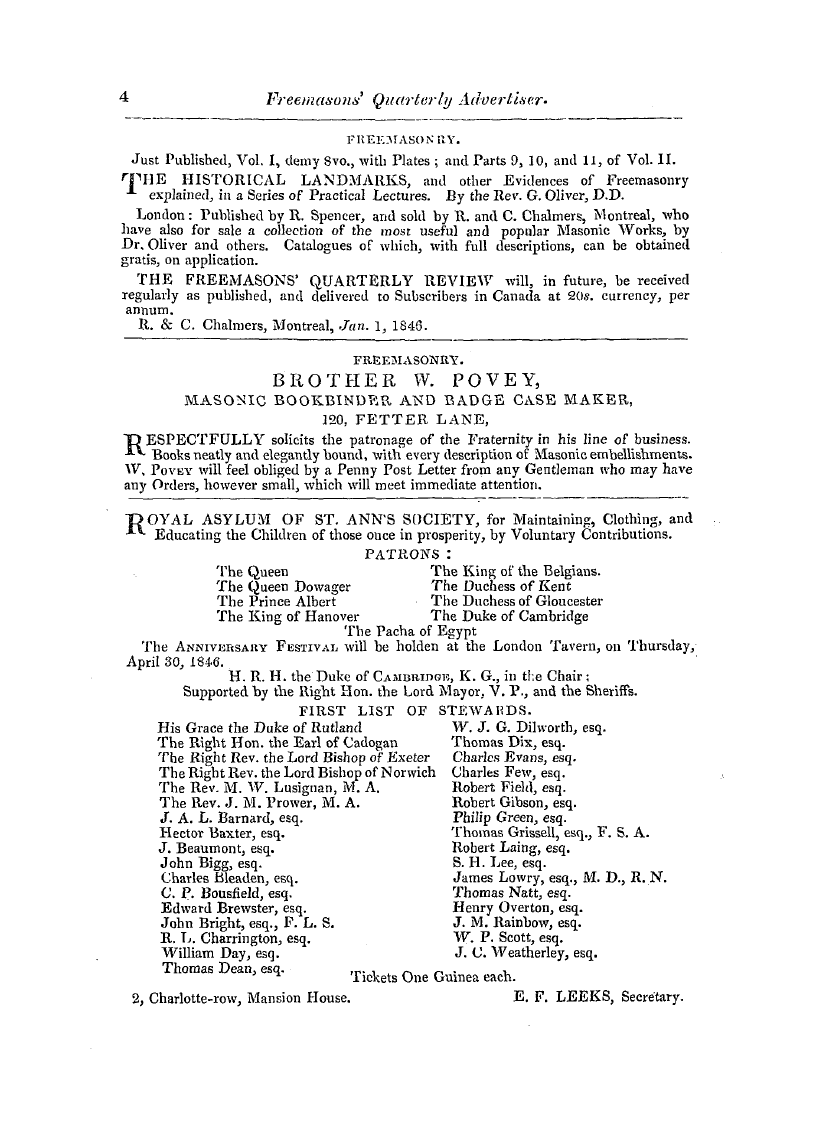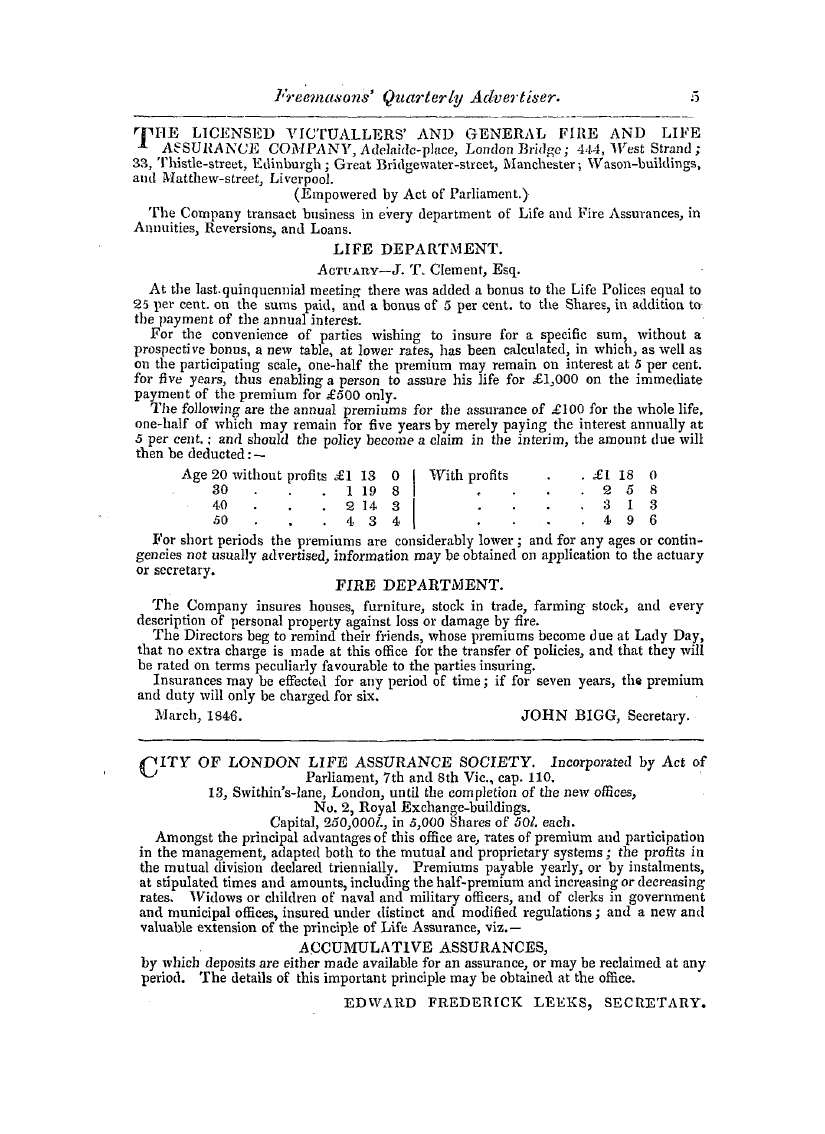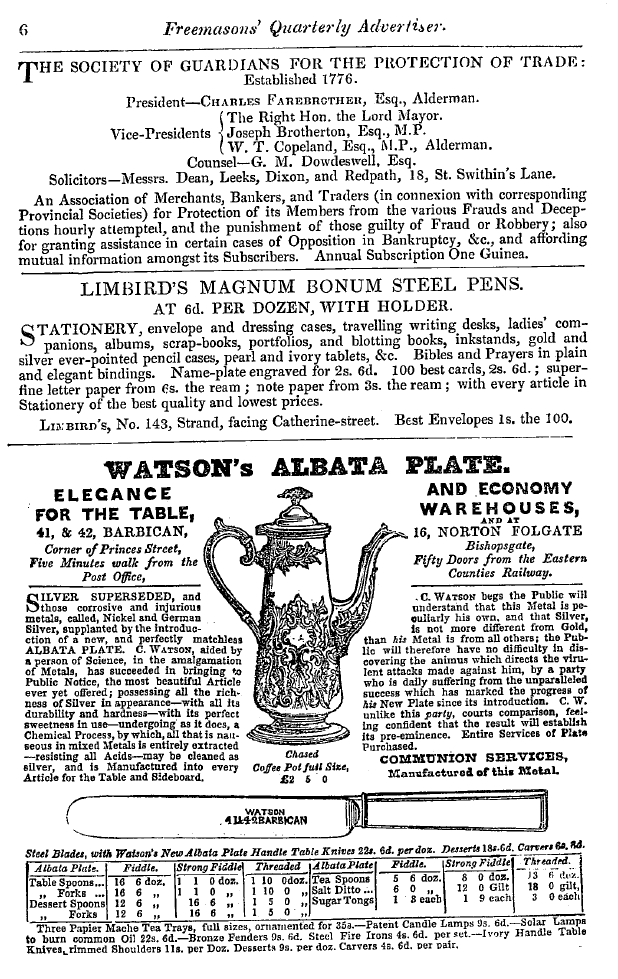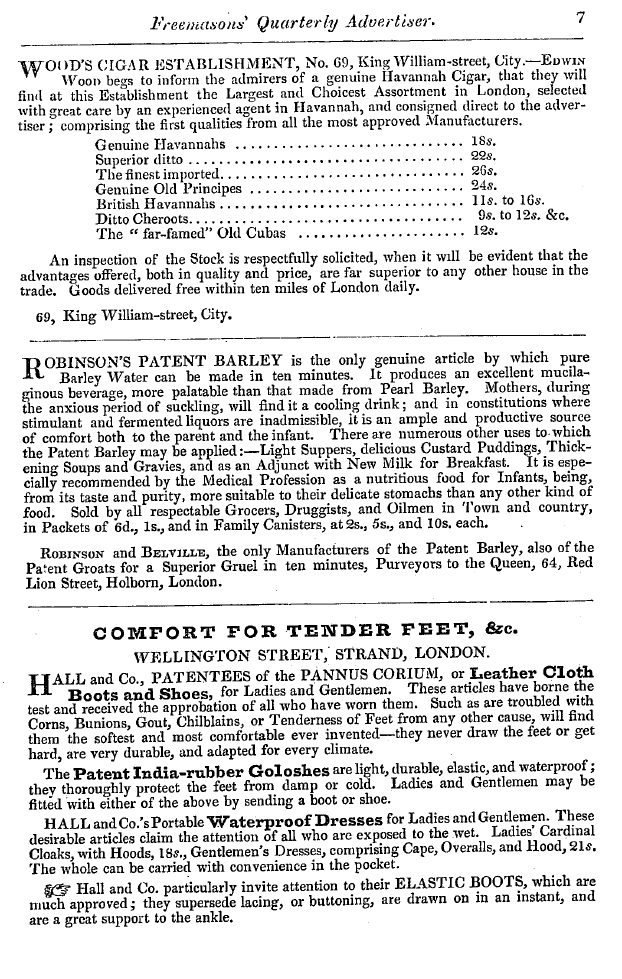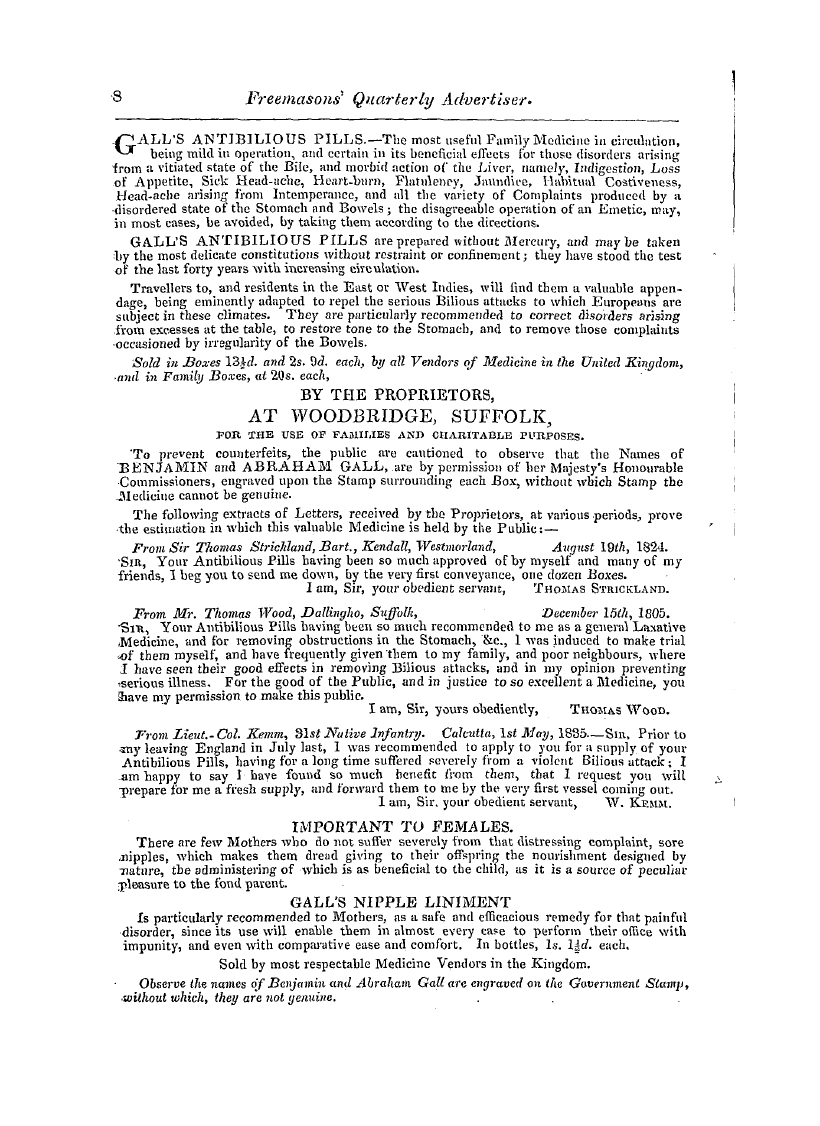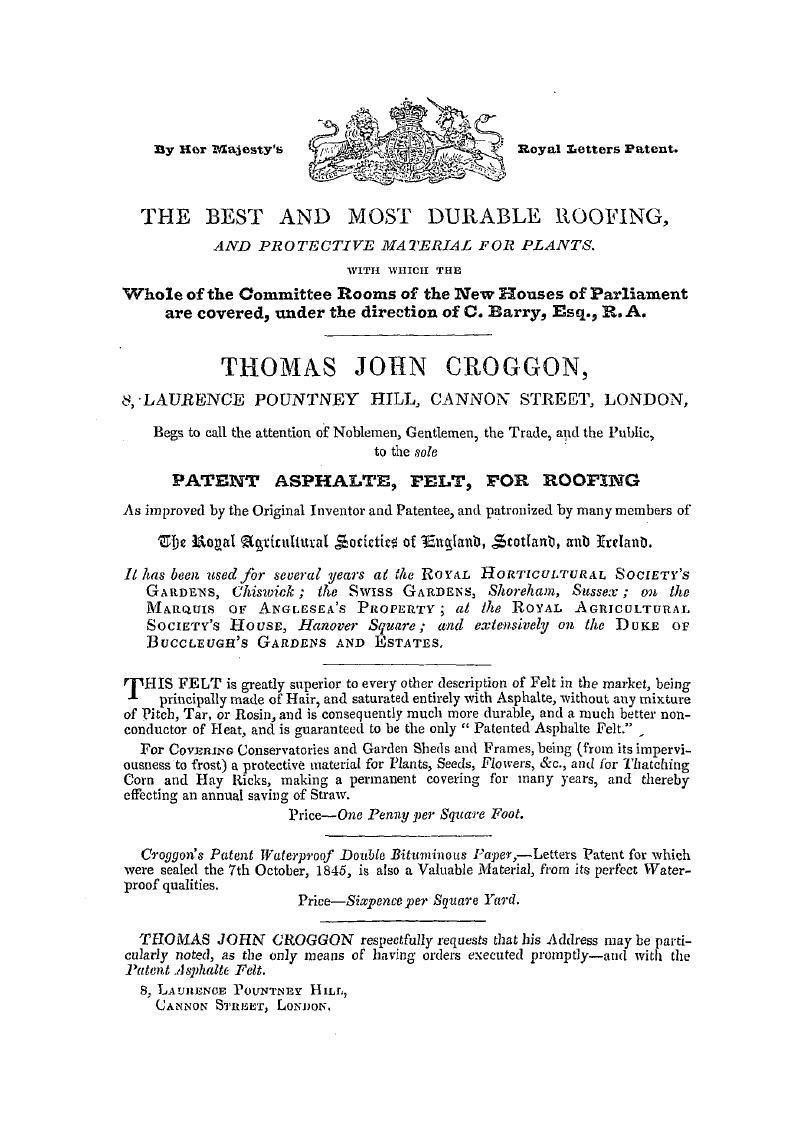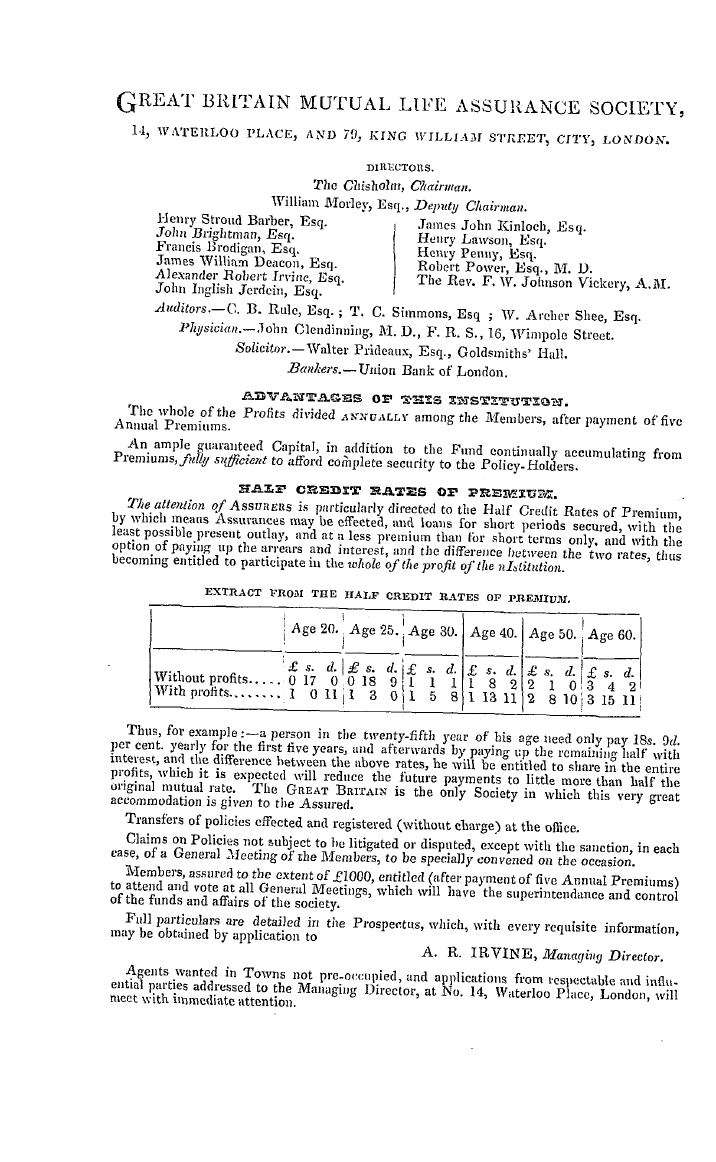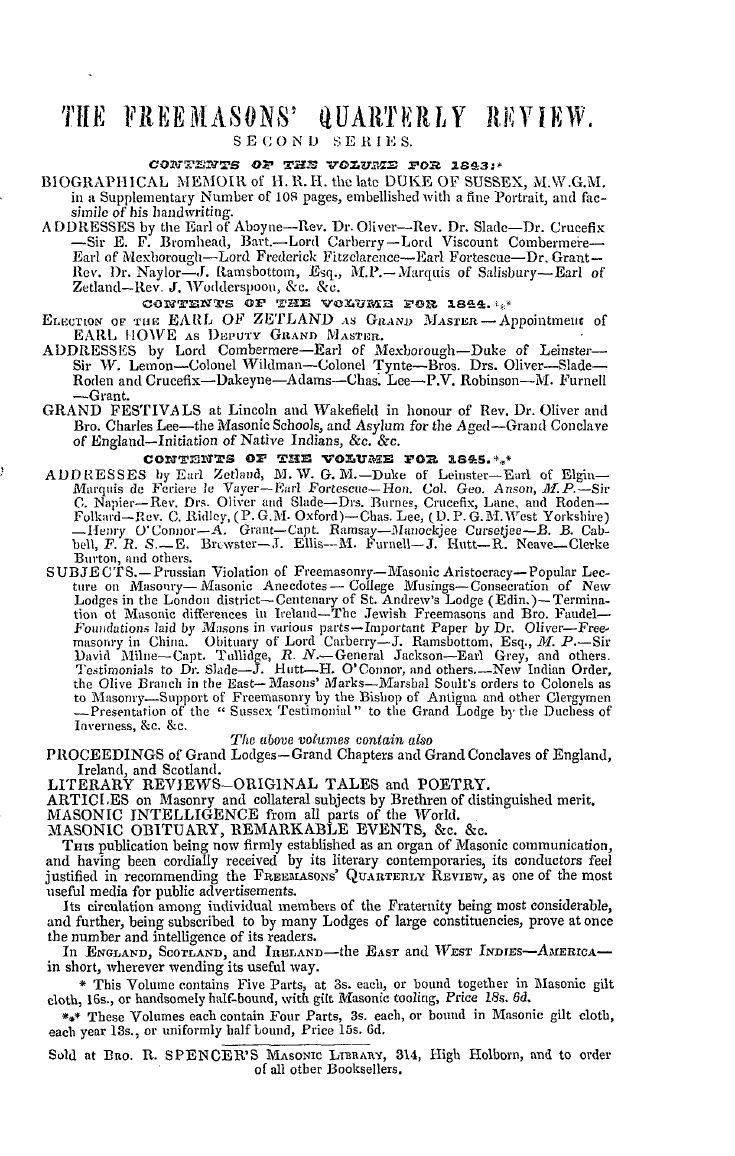-
Articles/Ads
Article ON THE STUDY OF MASONIC ANTIQUITIES. ← Page 4 of 6 →
Note: This text has been automatically extracted via Optical Character Recognition (OCR) software.
On The Study Of Masonic Antiquities.
times appeared exclusively in one of its separate characters , yet for many ages , and in various parts of the globe , these two separate principles have been united , and the distinctive appellation of Masonry merged in the more comprehensive designation of " Lux . " In further illustration of this subject , it will be necessary to observe , that Freemasonry as now known ancl practised in this country , did not assume its present peculiar form of ritual and constitution until the
commencement of the last century . Previously to that period the members of the society were composed of individuals who were architects or builders by profession , although occasionally men celebrated for scientific attainments were admitted to the Brotherhood . Such appears to have been the state of the Craft in England during the period which elapsed between the reformation and the reign of George II . Before the reformation the Freemasons existed as a peculiar bodto whom were
y , entrusted the erection of all the cathedrals , abbeys , ancl sacred structures throughout Christendom ; ancl at this period the peculiar system of symbolism still preserved in our lodges was unquestionably known , and its spiritual application perfectly understood . The societies of Freemasons of the middle ages were , as a fraternity of builders or holy workmen , undoubtedly descended from the colleges of artificers who flourished during the palmy clays of tbe Roman Empire
, ancl obtained such extraordinary celebrity in the Augustan Era . These artificers in great measure derived their knowledge from the Grecians , who had previously received their instructions from the descendants of the builders of the Temple , from the Babylonians , and also the Egyptians . By a chain of evidence , therefore , perfect in every link , the
societies of builders ( regarding Masonry solely in its operative sense ) can be traced back to the earliest ages—but when we turn from the operative principle , and endeavour to trace the science in its speculative sense , the investigation becomes less difficult , the chain of evidence more complete . In Egypt ancl in many other nations of antiquity , where practical Masonry flourished—the priests were not only ministers of religion , but instructors in scientific knowledge , and it is in this particular union of character that I am disposed to believe the present peculiar system of
Freemasonry originated , for we cannot otherwise clearly account for the union which , during so many consecutive ages , existed between the science of practical architecture ancl the conservation of the hi ghest religious mysteries . Knowledge during the early ages was in the hands of few , and initiation was the onl y key by which its secret treasures could be unlocked . It could be obtained by unremitting perseverance only , and it was imparted to those alone who upon strict probation were found
worthy . Its lessons were imparted by a series of gradations progressively advancing in the scale of perfection , and they were taught in a manner best calculated to make a deep impression upon the student , and to imprint the principles of all learning and science indelibly upon his mind . Amongst the ancient sciences it is evident , for obvious reasons , that geometry would occupy a prominent station—and practical AI asonry , in which the princiles of geometry are more especialldeveloped
p y , would necessarily engage particular attention , and lead eventually to the erection of those stupendous edifices still existing in various parts of the world , which though of the most remote antiquity , are yet magnificent in their decay , and speak eloquently to the mind in proof of thc consummate skill of their constructors . In order to form a just estimate of the glories of ancient operative Masonry , let us contemplate thc ruins
Note: This text has been automatically extracted via Optical Character Recognition (OCR) software.
On The Study Of Masonic Antiquities.
times appeared exclusively in one of its separate characters , yet for many ages , and in various parts of the globe , these two separate principles have been united , and the distinctive appellation of Masonry merged in the more comprehensive designation of " Lux . " In further illustration of this subject , it will be necessary to observe , that Freemasonry as now known ancl practised in this country , did not assume its present peculiar form of ritual and constitution until the
commencement of the last century . Previously to that period the members of the society were composed of individuals who were architects or builders by profession , although occasionally men celebrated for scientific attainments were admitted to the Brotherhood . Such appears to have been the state of the Craft in England during the period which elapsed between the reformation and the reign of George II . Before the reformation the Freemasons existed as a peculiar bodto whom were
y , entrusted the erection of all the cathedrals , abbeys , ancl sacred structures throughout Christendom ; ancl at this period the peculiar system of symbolism still preserved in our lodges was unquestionably known , and its spiritual application perfectly understood . The societies of Freemasons of the middle ages were , as a fraternity of builders or holy workmen , undoubtedly descended from the colleges of artificers who flourished during the palmy clays of tbe Roman Empire
, ancl obtained such extraordinary celebrity in the Augustan Era . These artificers in great measure derived their knowledge from the Grecians , who had previously received their instructions from the descendants of the builders of the Temple , from the Babylonians , and also the Egyptians . By a chain of evidence , therefore , perfect in every link , the
societies of builders ( regarding Masonry solely in its operative sense ) can be traced back to the earliest ages—but when we turn from the operative principle , and endeavour to trace the science in its speculative sense , the investigation becomes less difficult , the chain of evidence more complete . In Egypt ancl in many other nations of antiquity , where practical Masonry flourished—the priests were not only ministers of religion , but instructors in scientific knowledge , and it is in this particular union of character that I am disposed to believe the present peculiar system of
Freemasonry originated , for we cannot otherwise clearly account for the union which , during so many consecutive ages , existed between the science of practical architecture ancl the conservation of the hi ghest religious mysteries . Knowledge during the early ages was in the hands of few , and initiation was the onl y key by which its secret treasures could be unlocked . It could be obtained by unremitting perseverance only , and it was imparted to those alone who upon strict probation were found
worthy . Its lessons were imparted by a series of gradations progressively advancing in the scale of perfection , and they were taught in a manner best calculated to make a deep impression upon the student , and to imprint the principles of all learning and science indelibly upon his mind . Amongst the ancient sciences it is evident , for obvious reasons , that geometry would occupy a prominent station—and practical AI asonry , in which the princiles of geometry are more especialldeveloped
p y , would necessarily engage particular attention , and lead eventually to the erection of those stupendous edifices still existing in various parts of the world , which though of the most remote antiquity , are yet magnificent in their decay , and speak eloquently to the mind in proof of thc consummate skill of their constructors . In order to form a just estimate of the glories of ancient operative Masonry , let us contemplate thc ruins
































































